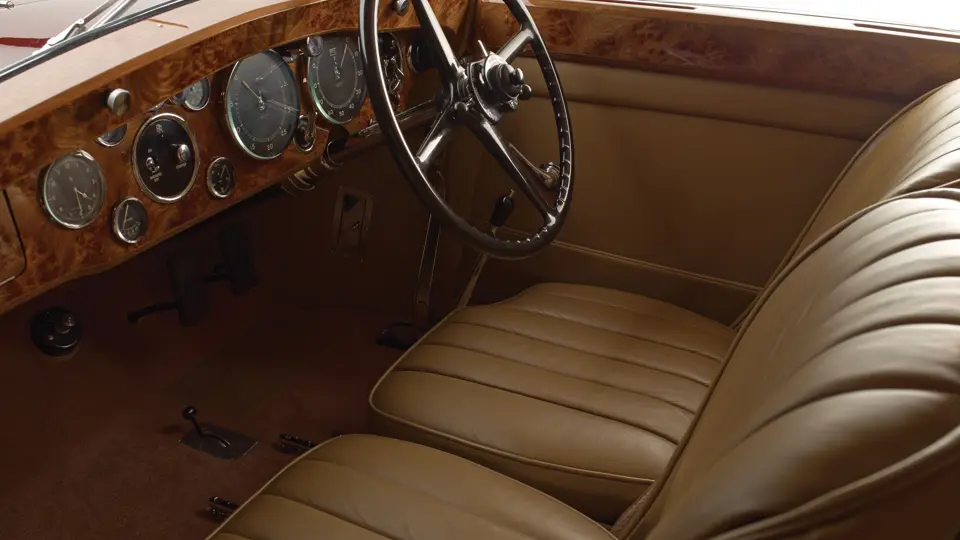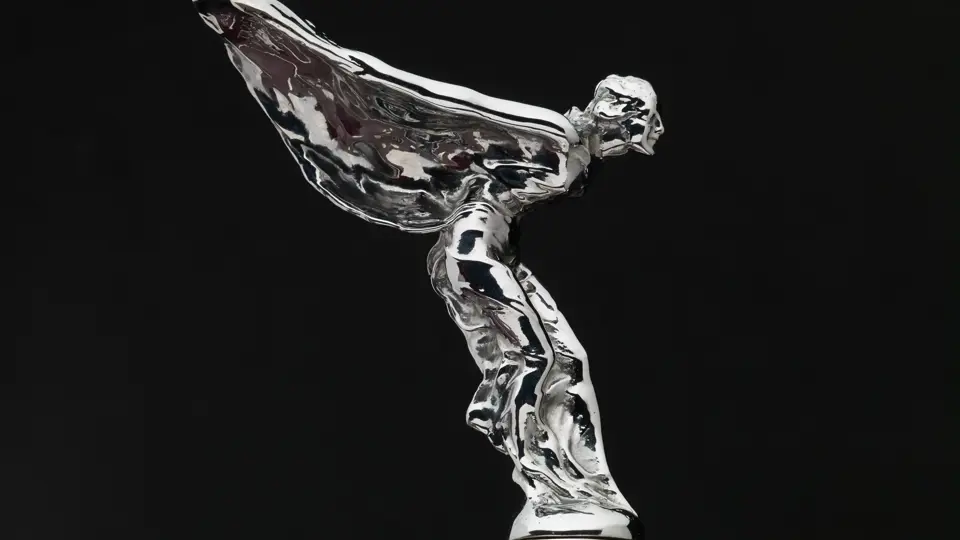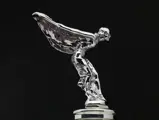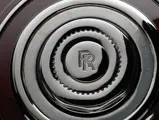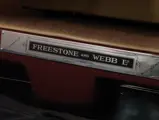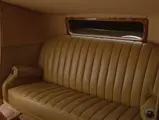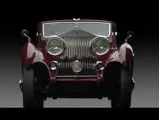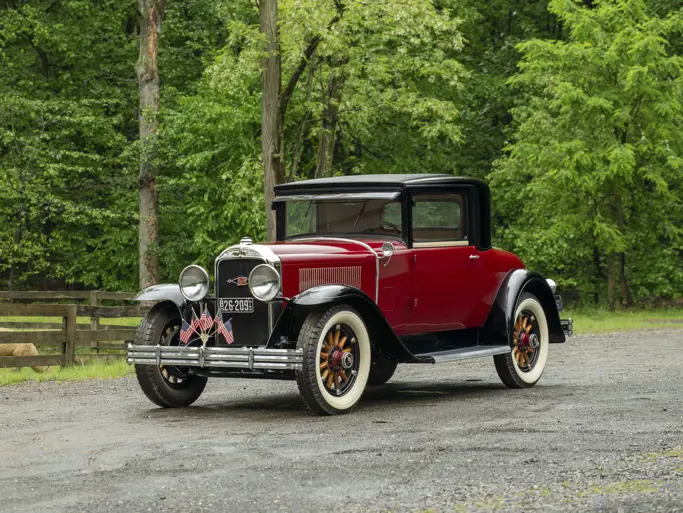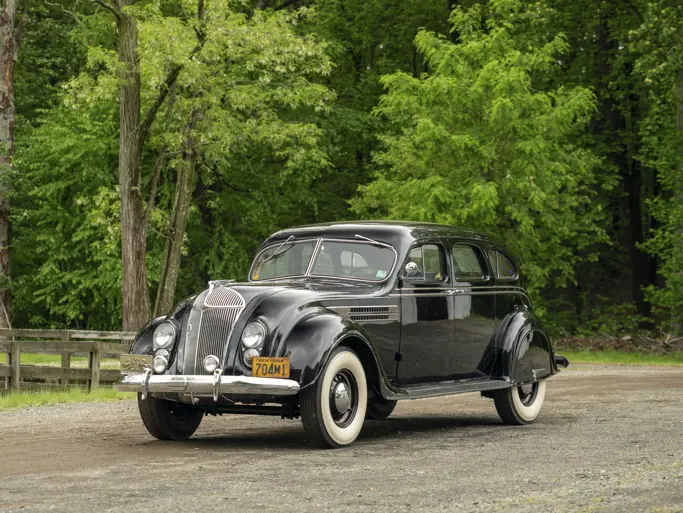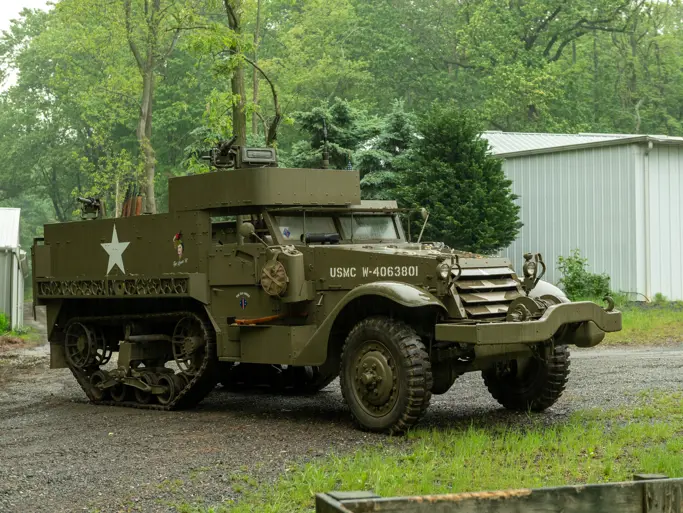The connoisseur is a man who knows his own tastes and has the money to feed them. He studies what he collects, learns his subject, and is then guided by his knowledge to seek out and acquire only the finest examples. It is by this careful process that the world’s great collections of art objects are assembled.
Sir John Leigh was a connoisseur, and the artists he patronized were Rolls-Royce and Freestone & Webb. Working together, the partnership created some of the finest, most beautiful automobiles to run the streets of England during the Classic Era, but none are more fabulous than the streamlined Coupé offered here. Its chassis was engineered to be silent. Its design is anything but.
Sir John, a prominent Lancashire cotton magnate and a Conservative member of Parliament for Clapham, had quite the appetite for fine conveyances. The Rolls-Royce Phantom II Continental was ideal for his tastes. It had a wheelbase of 144 inches, six inches shorter than standard, and it came equipped with stiffer springs, for better handling, and a low-ratio rear axle, for better acceleration. Of the 281 Continental chassis built, Sir John Leigh owned four of them, and like a man who has a favorite tailor, all were clothed with bespoke bodies by Freestone & Webb, the London coachbuilders with a reputation for extremely fine quality.
Chassis 42PY was ordered by Sir John Leigh in August of 1933, and, as any bespoke car, it took several months to complete. According to the accompanying copies of production cars supplied from Rolls-Royce, the completed machine was tested at Freestone & Webb on December 8, 1933. According to the order sheets, the car was specified “for use in the UK and Continent, mainly fast touring.” Leigh special ordered a number of features, including six-inch gauges for the speedometer and tachometer, and he also specified that the exhaust pipe be dropped three inches from its standard position. Sportiness was what he sought.
The body of 42PY is distinguished by its incredibly long hoodline, which is emphasized by cycle-style “helmet” fenders and a lack of traditional running boards or side-mounted spares. This visual trick allows for a relatively spacious four-passenger compartment, yet it gives the car the outward appearance of a sporty two-seater, emphasizing the power lurking under the hood. The Continental chassis was for the Rolls buyer who wanted performance; Freestone & Webb simply put an exclamation point on the idea.
The low, window-hugging roofline features remarkable, origami-like, crisp edges, showcasing the earliest hint of what would come to be known as “razor edge” design. Razor edge would come to define the styling of numerous closed Rolls-Royces during the 1940s and 1950s, replacing the rounded roofline that had been common into the 1930s. This is believed to be the earliest automobile with razor edge design, and as such, it is the progenitor of numerous custom bodies that were created in the next two decades.
The car was used by Leigh and his wife through the late 1930s, but by July 1938, it was owned by B. Sleath, Esquire of Stratford-on-Avon. It would make sense that the Leighs would have disposed of all of their Phantom II Continentals at this point, as Sir John is understood to have ordered four Phantom IIIs in one day! Like many other fine conveyances of its day, 42PY lay dormant through the war, until being seen driving through London by Anthony Gibbs around 1952. Gibbs extensively wrote about his experience with 42PY in A Passion For Cars; a copy of which is included in the file.
As he tells it, on the day his publishing firm went bankrupt due to a two-month printer’s strike around 1952, “I suddenly realized that without seeing it, I had been traveling behind the most beautiful car I had ever seen. It was a big black Rolls, shaped very much as my old Delage, but more beautiful still, because, instead of being a drophead, it had a marvelously square-cut top like a brougham.”
Gibbs stopped the driver in the middle of an intersection and struck a deal to purchase the car. He drove it daily during his ownership over the next five years, and his travels with 42PY included a tour across the continent. In a truly amusing anecdote, Gibbs relays the realization that he was being followed at a distance by two marked and three unmarked police vehicles, due to suspicion of being in league with Communist sympathizers. Upon realizing he was being followed, Gibbs decided to make a parody out of the attempted cloak and dagger by leading the procession through the streets of London at 10 mph!
Ironically, around 1957, he was stopped in the middle of an intersection in the very same manner that he had stopped the previous owner of the car. The gentleman who stopped him was an American, so when the deal for the purchase of the car was struck, 42PY traveled to the New World in the care of Arthur W. Seidenschwartz, of Waukesha, Wisconsin.
Seidenschwartz was an active member of the Rolls-Royce Owners’ Club, and he and 42PY appeared at a number of meets, as well as in several issues of The Flying Lady, which are included with the car. The October 1957 issue shows the car with a caption that describes it as “newly imported.” The car remained with Seidenschwartz for an amazing 35 years, before being passed into the hands of David Scheibel, of Toledo, Ohio, in early 1992. Scheibel quickly commissioned a concours-quality restoration, with hundreds of thousands of dollars spent at that time.
From there, Scheibel took the car to a number of RROC meets and concours events. A full list of accolades received is included, but among those are Best in Class and the Gwen Graham Award for Most Elegant Closed Car at the 1992 Pebble Beach Concours, as well as Best of Show Prewar at the 1993 RROC National Meeting , followed by being selected as Best of Previous Best of Show Winners at an RROC National Meeting in 1994.
Chassis 42PY was also shown at the 1994 Eyes on Classic Design in Grosse Pointe Shores; while there, it received high accolades, winning Automotive Design of Exceptional Merit, the Rolling Sculpture Award, the Visually Impaired Young Adults Award, and the Best in Show – Interior Award. During Scheibel’s ownership, 42PY was also featured on the cover of the 1993 “Annual Meet” issue of The Flying Lady.
Acquired by the current owner in 2000, this very special Rolls-Royce has been carefully maintained, and it remains in excellent condition throughout. As presented, it is further accompanied by a copy of the title, which was issued to Scheibel upon his purchase from Seidenschwartz, as well as a bespoke, large-format album that features exceptional studio photography of the car.
Crafted for a connoisseur with tastes ahead of his time, and as a treasured possession of knowledgeable enthusiasts ever since, Sir John Leigh’s groundbreaking Rolls-Royce is the deliciously sinister, razor-edged embodiment of silent speed.





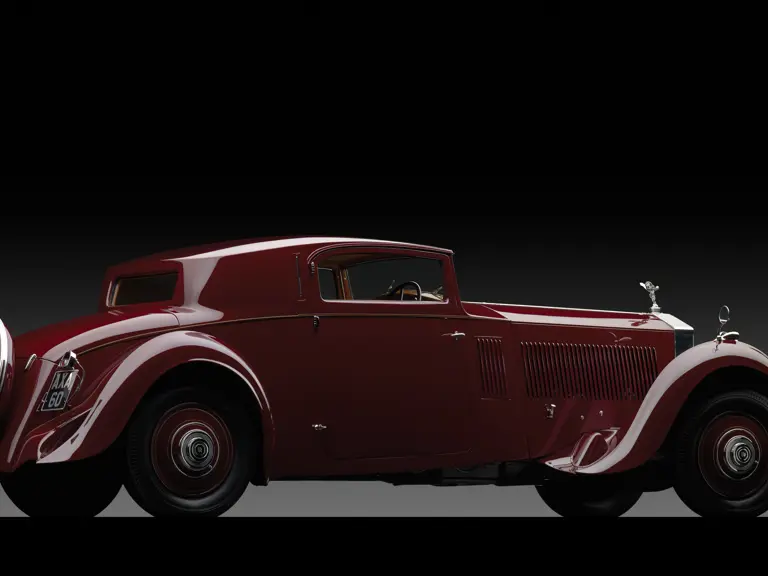
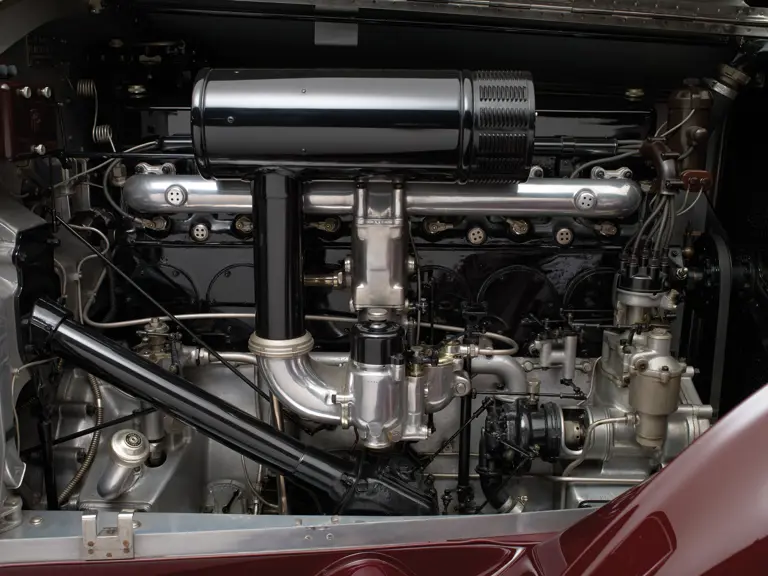
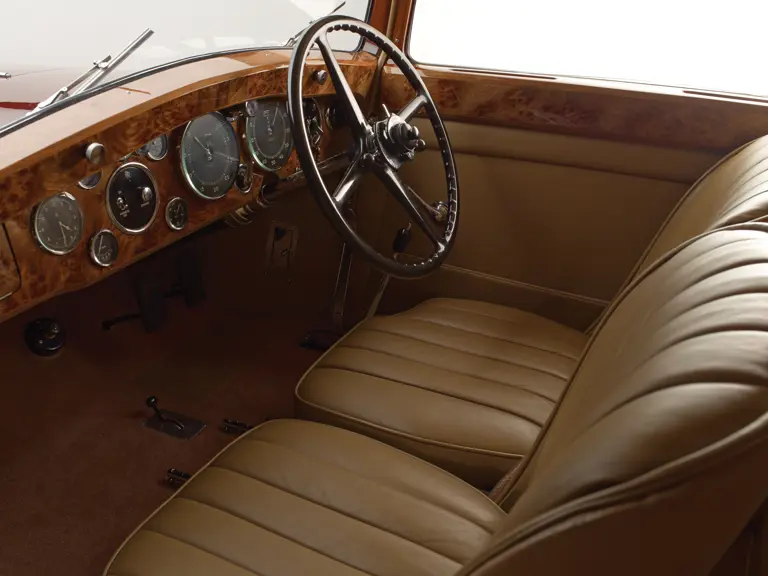
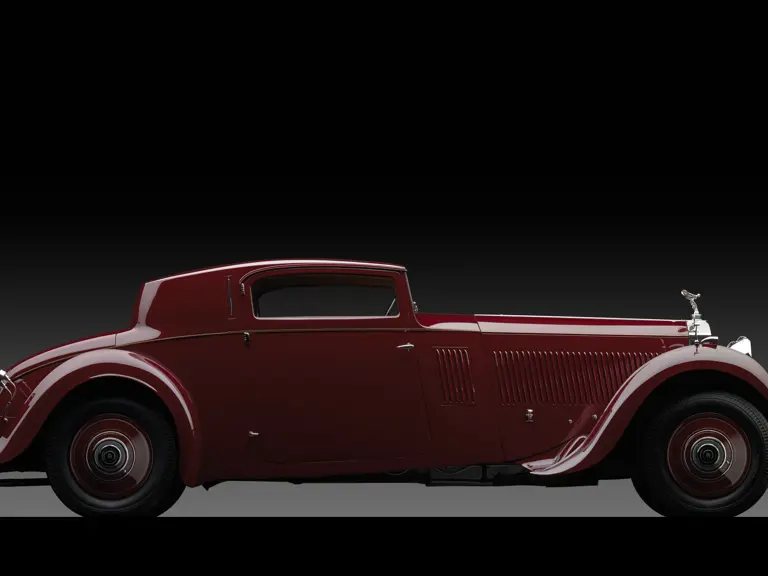

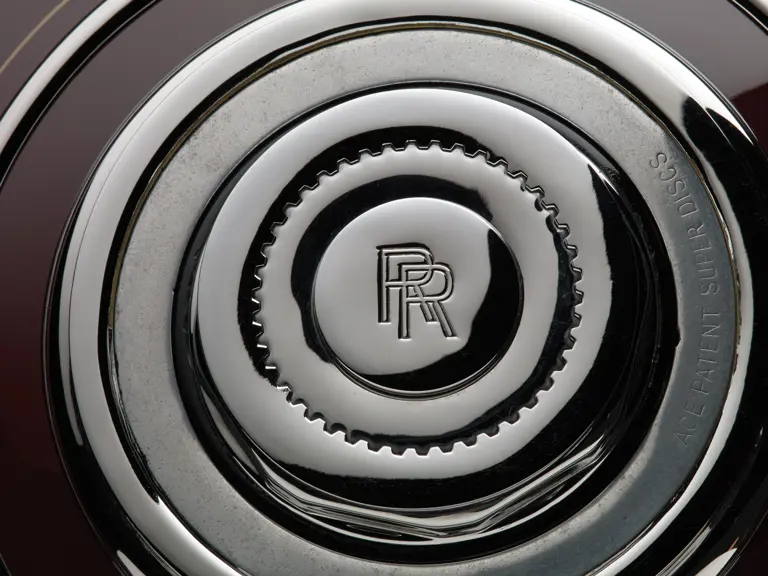
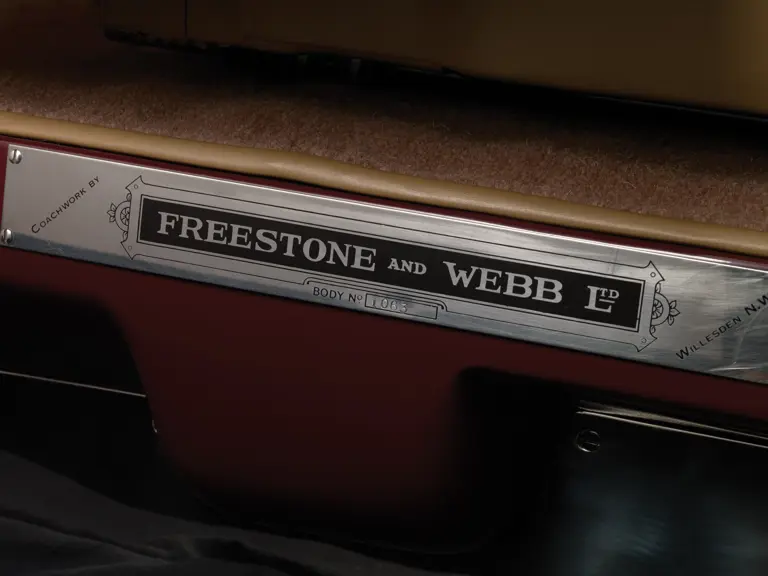
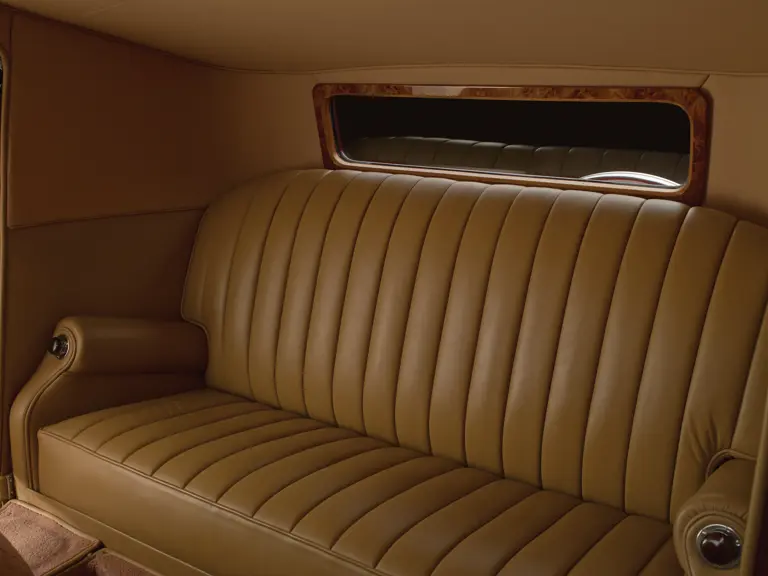
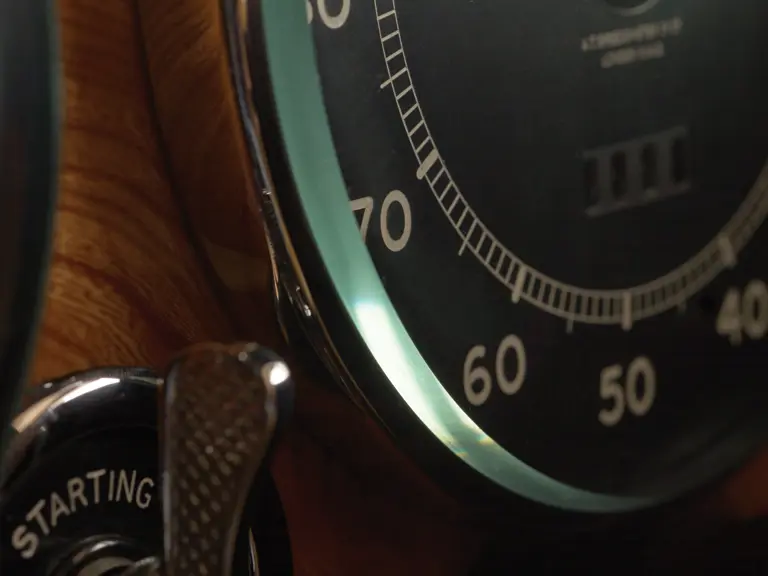
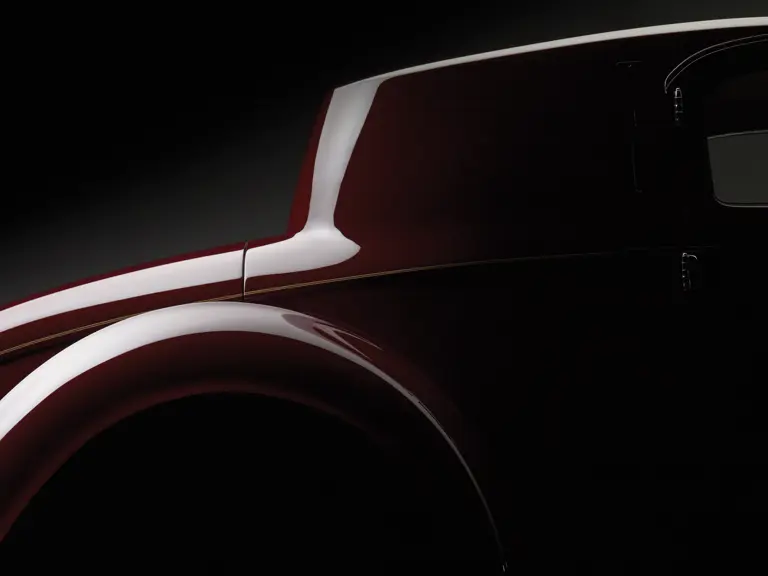

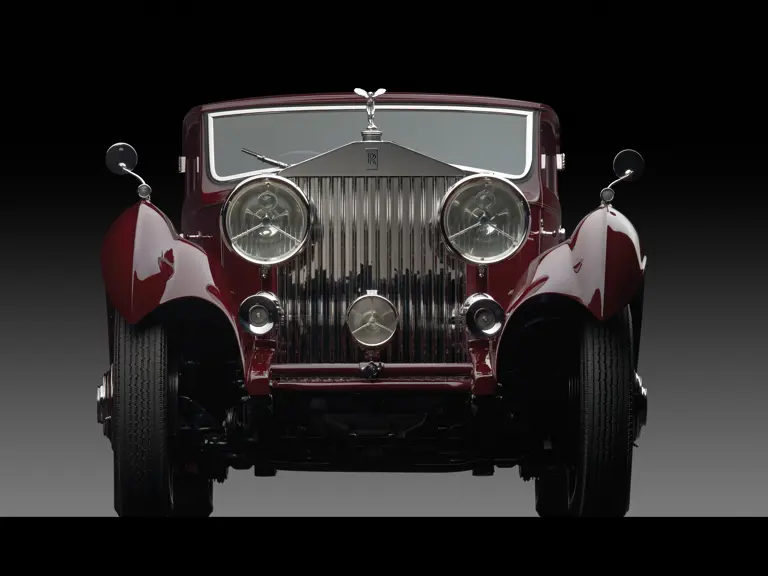
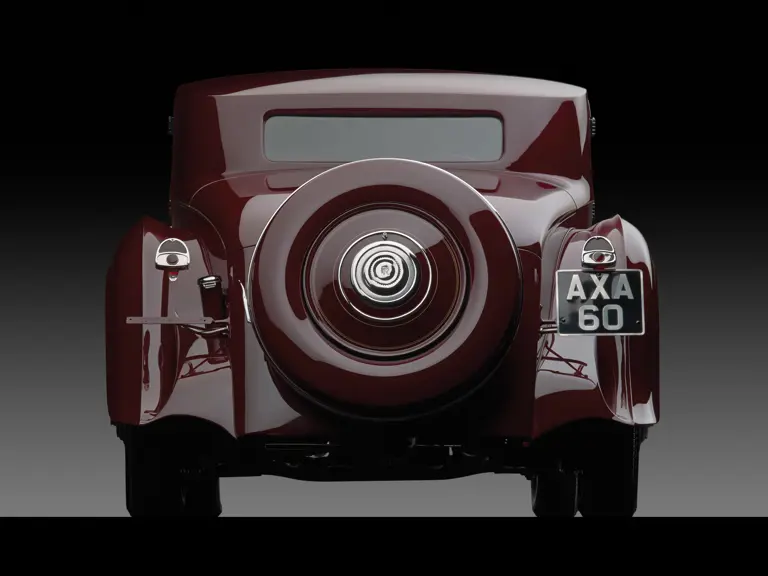
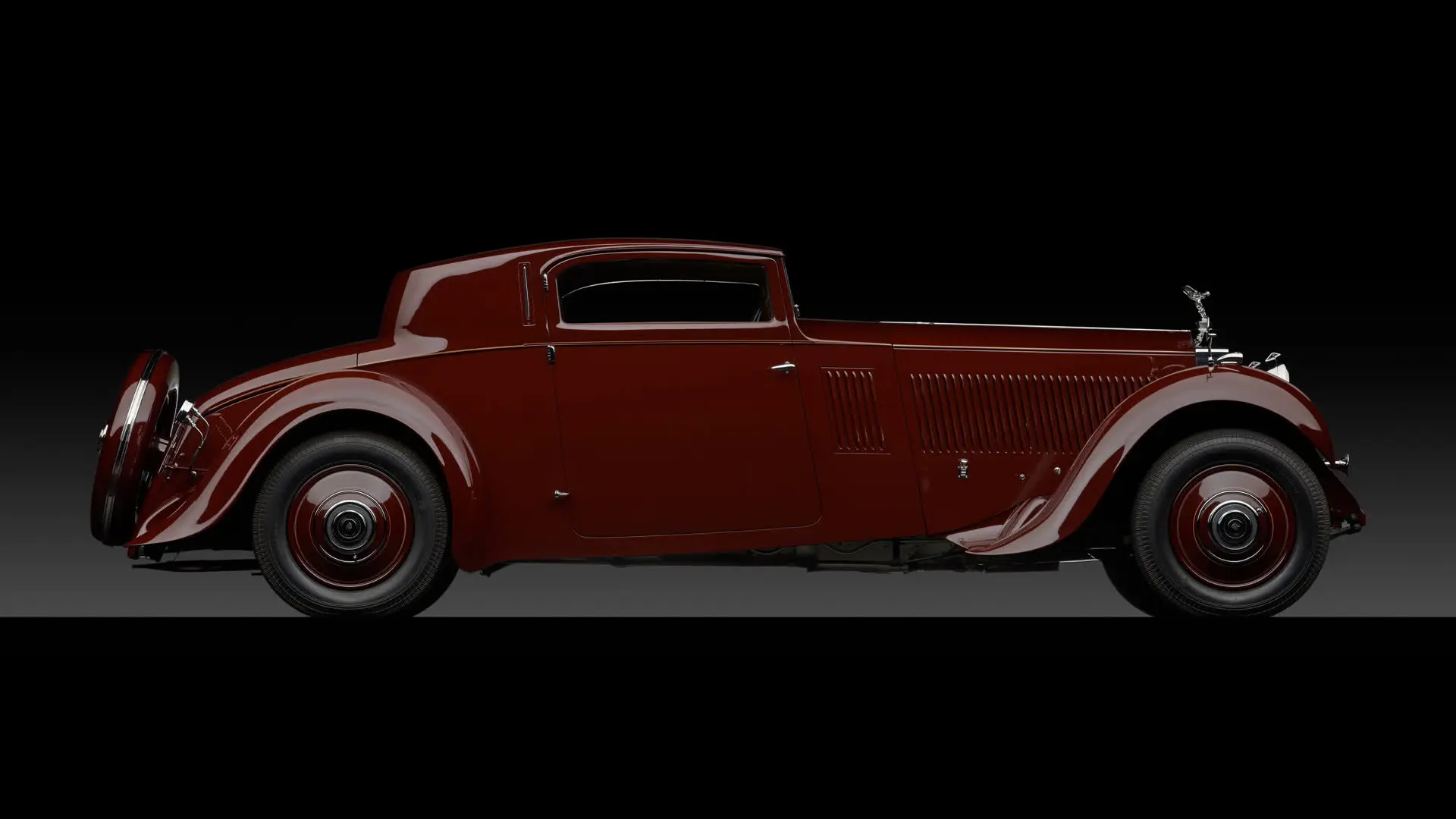
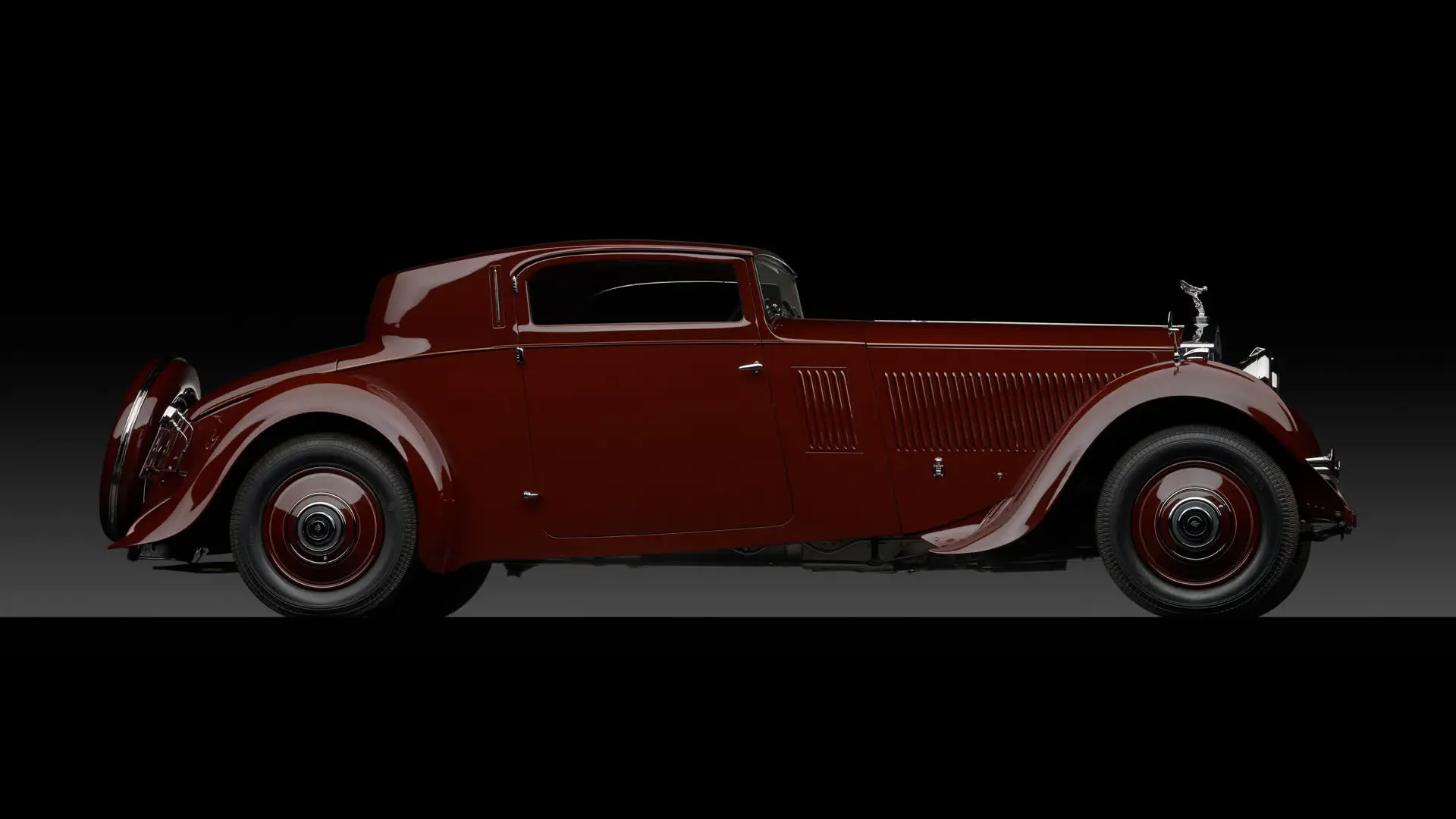
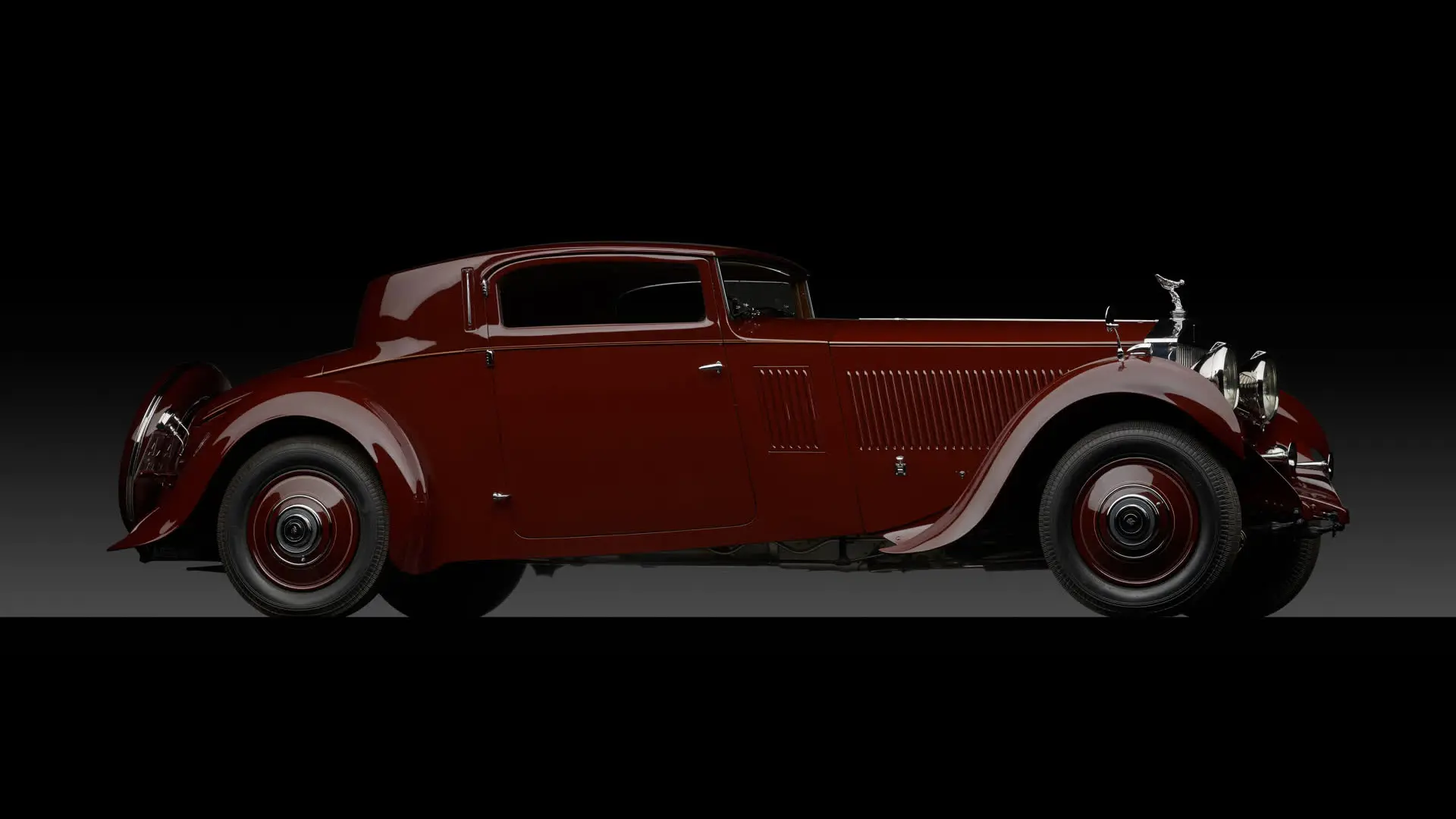
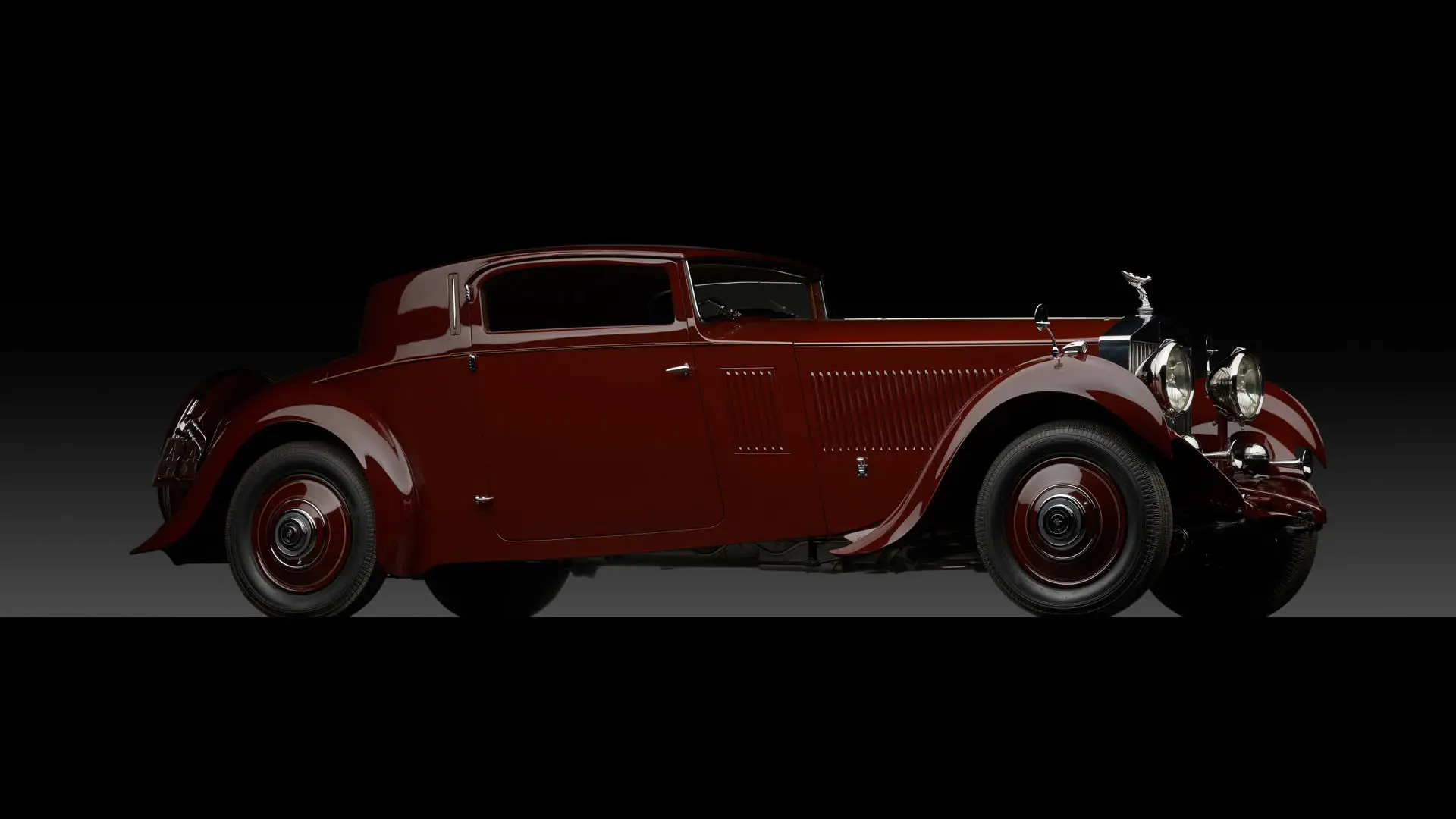
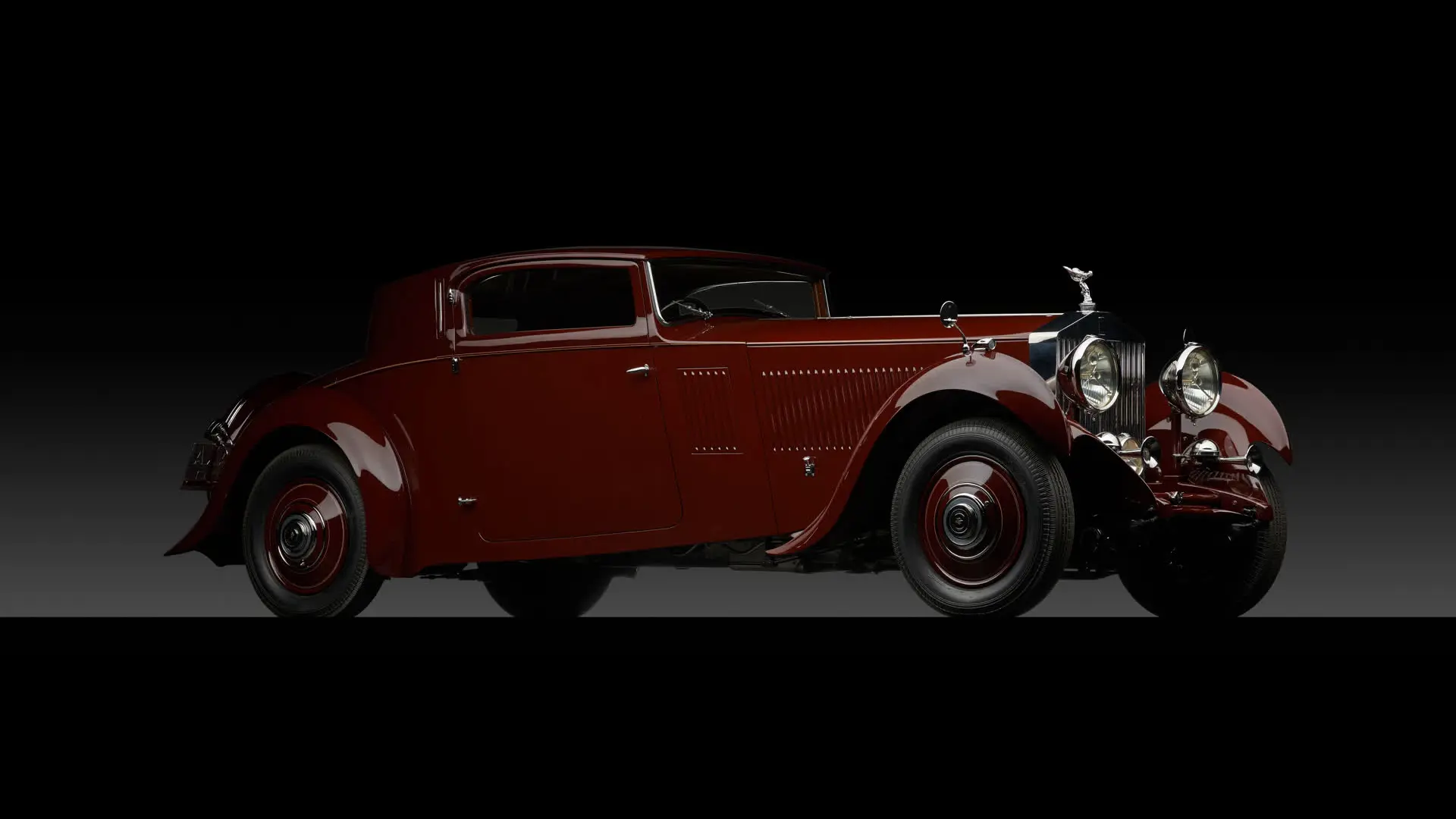
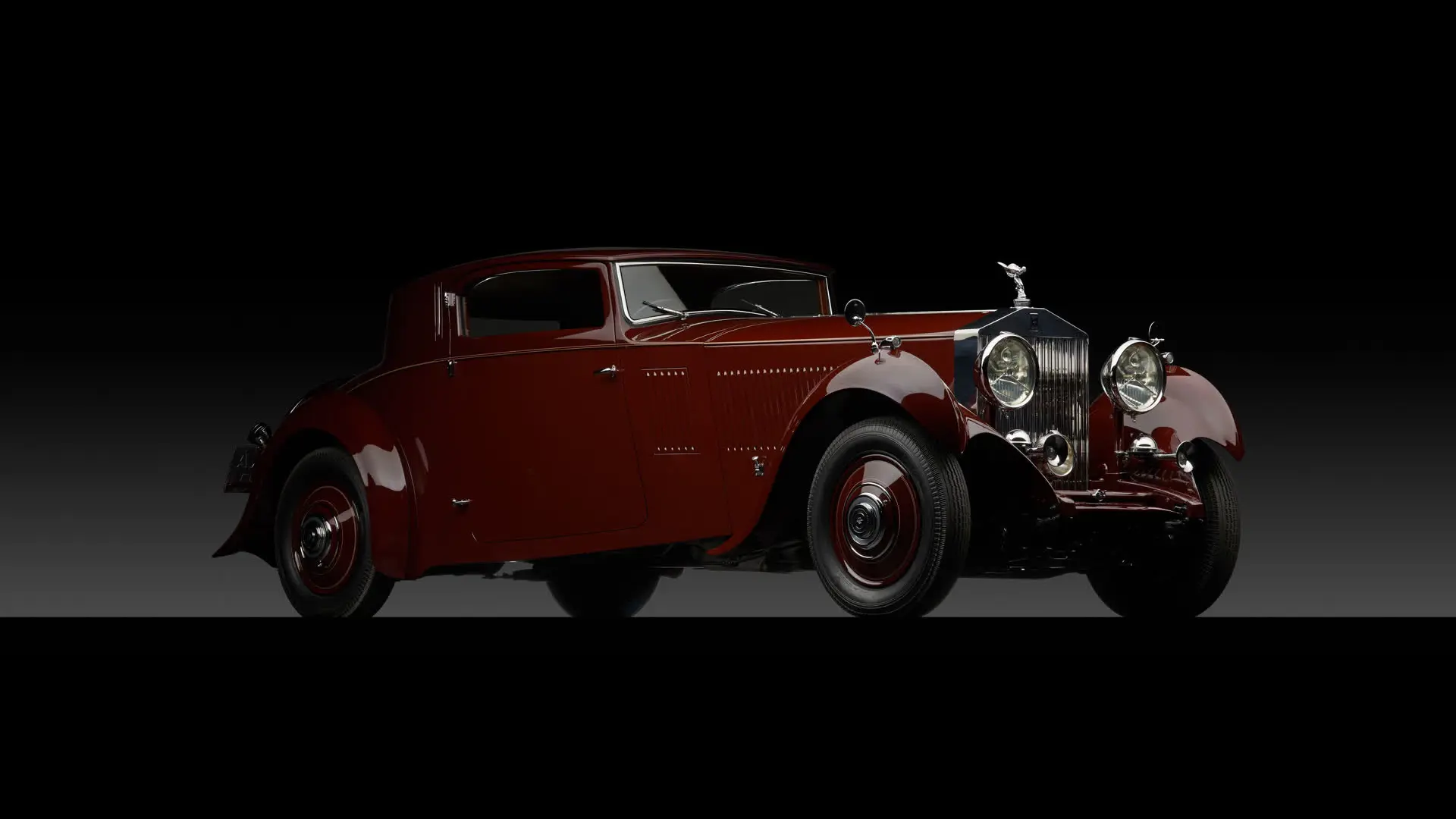
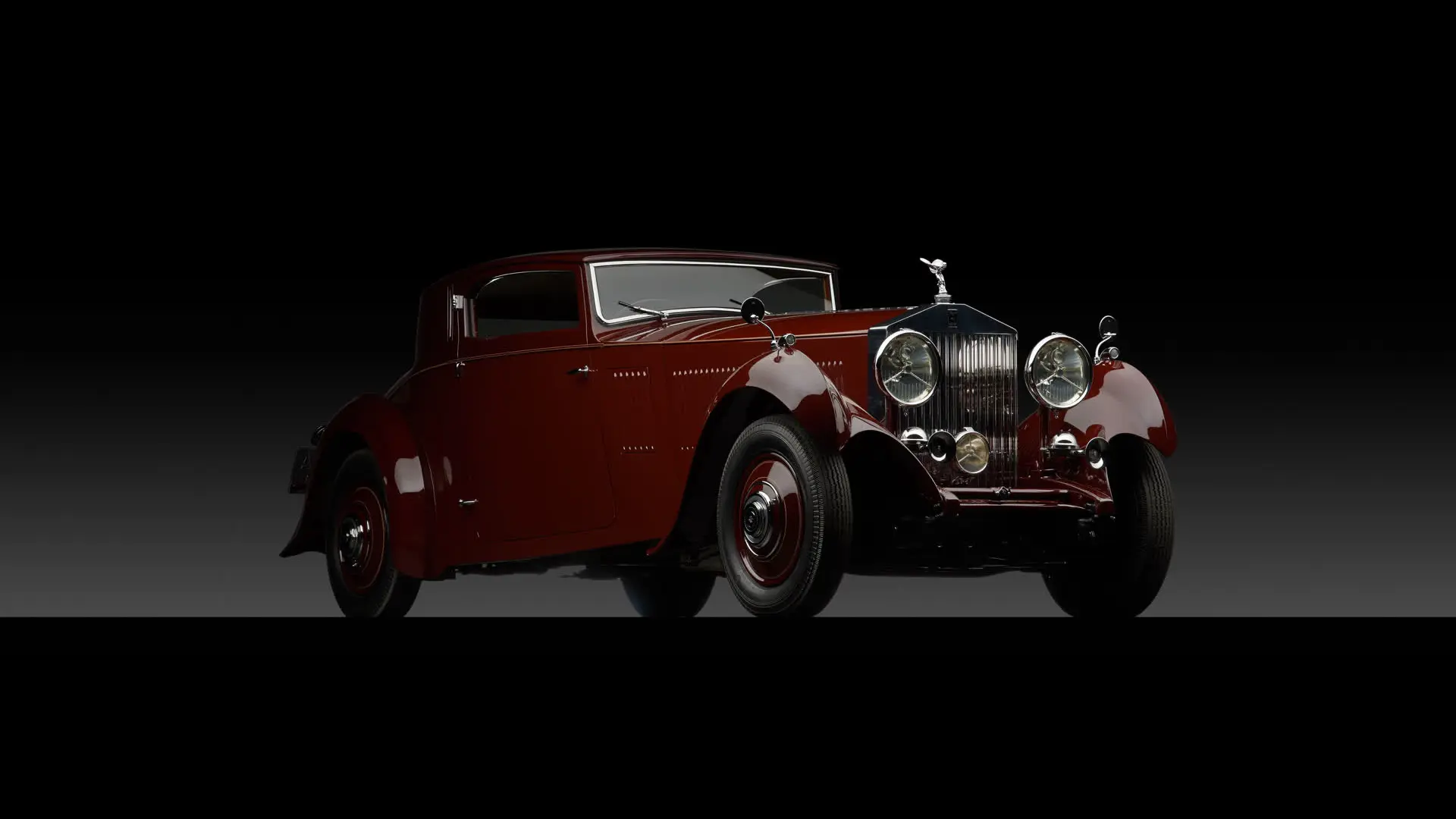
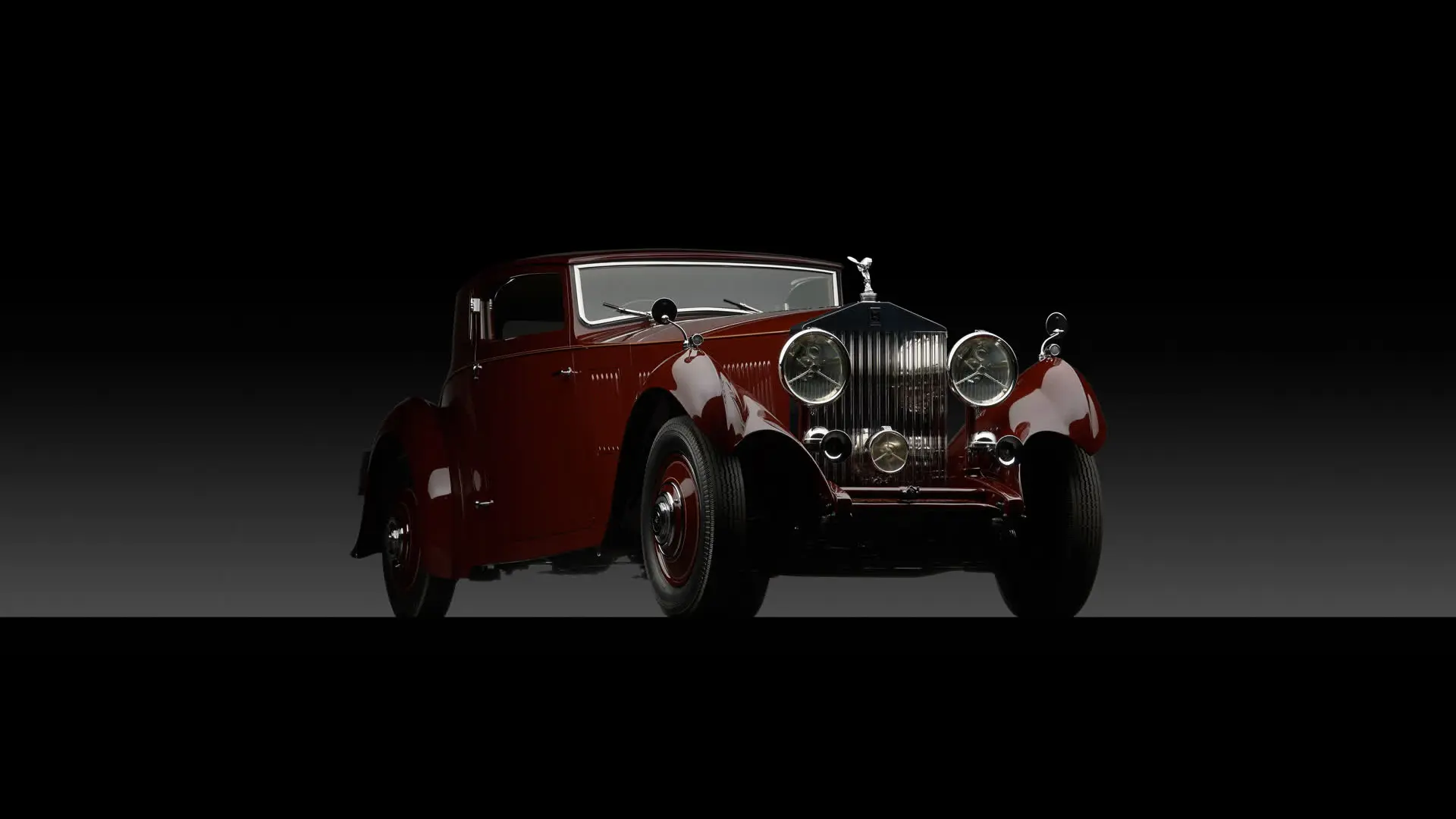
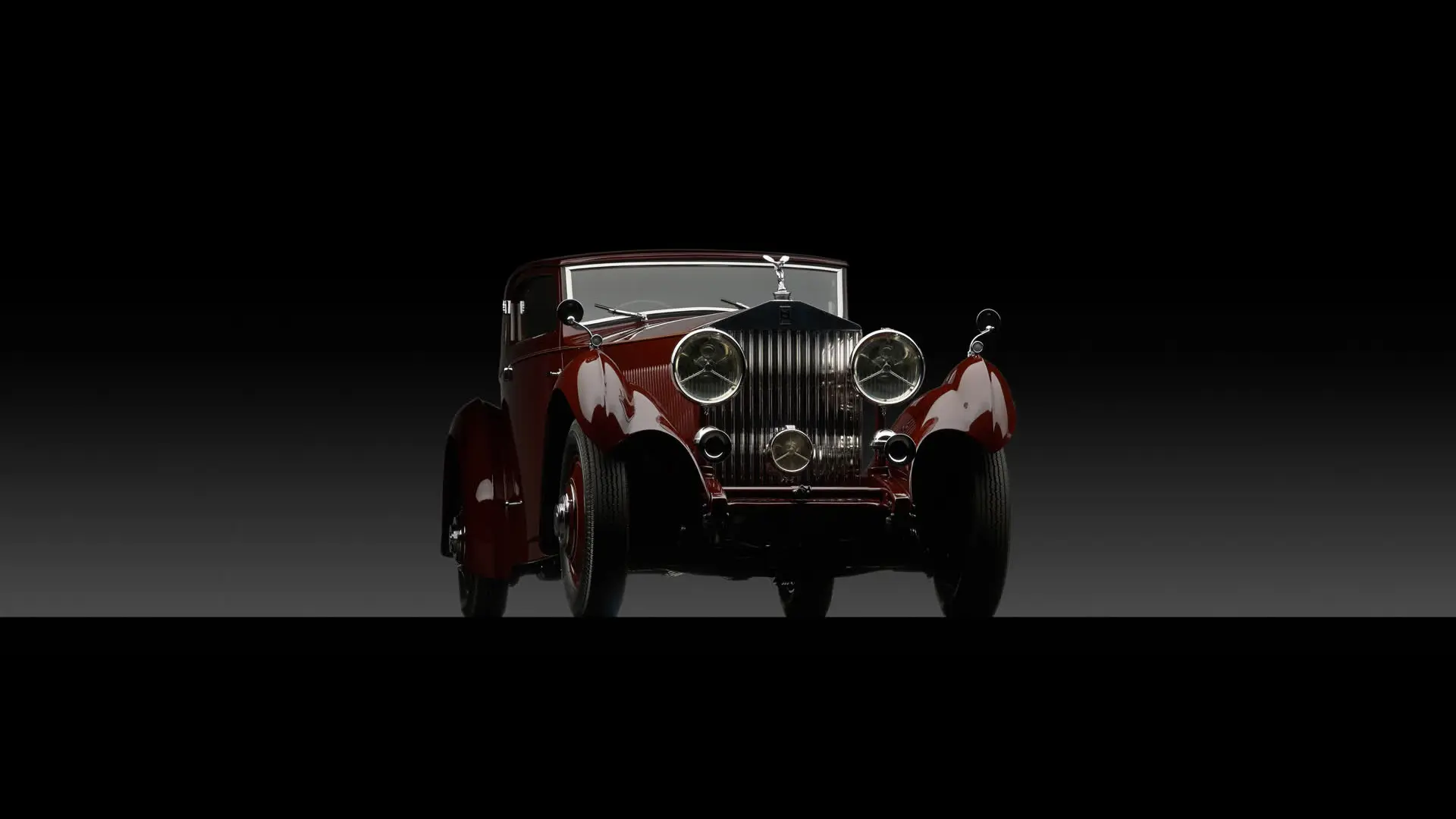
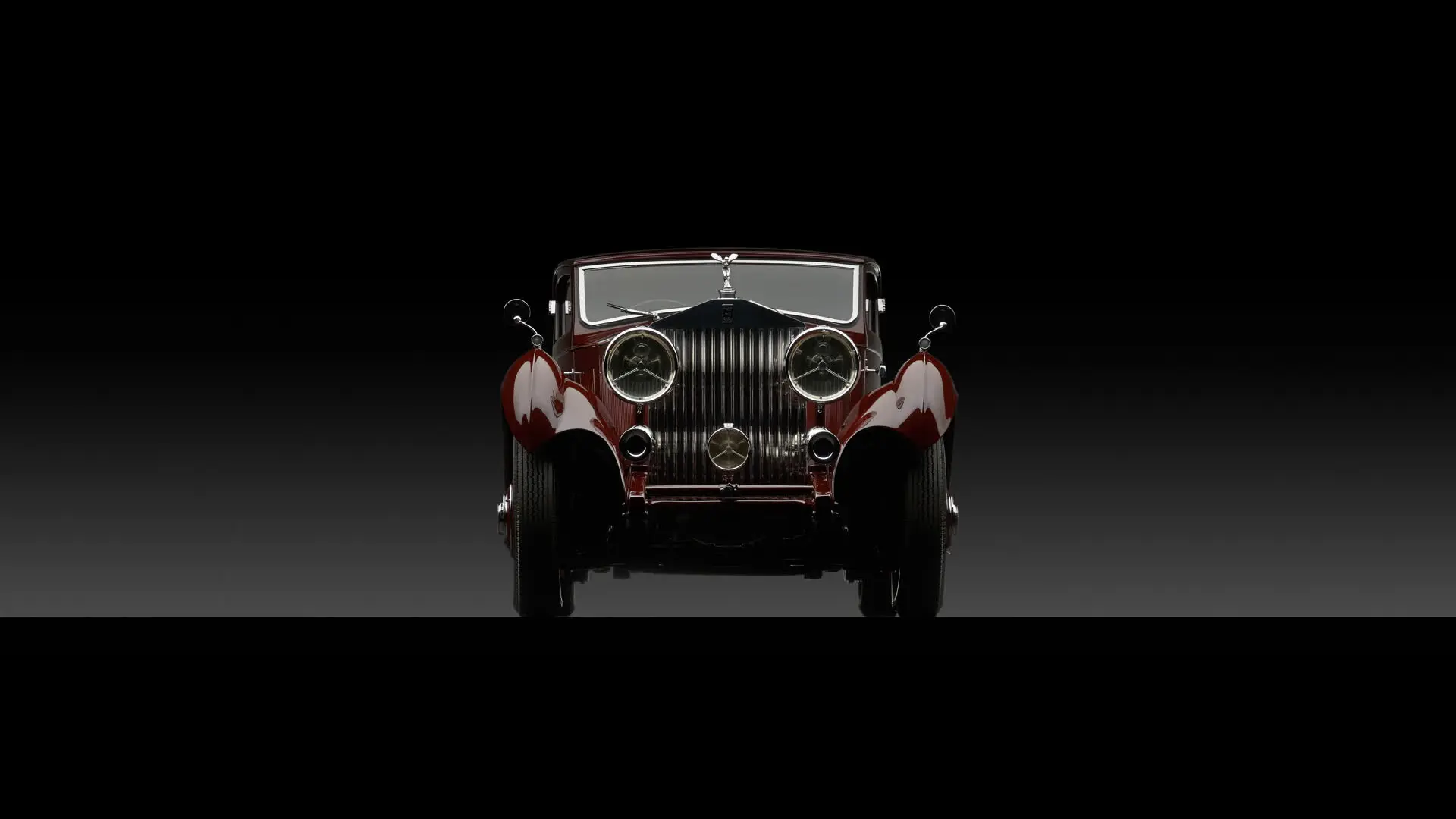
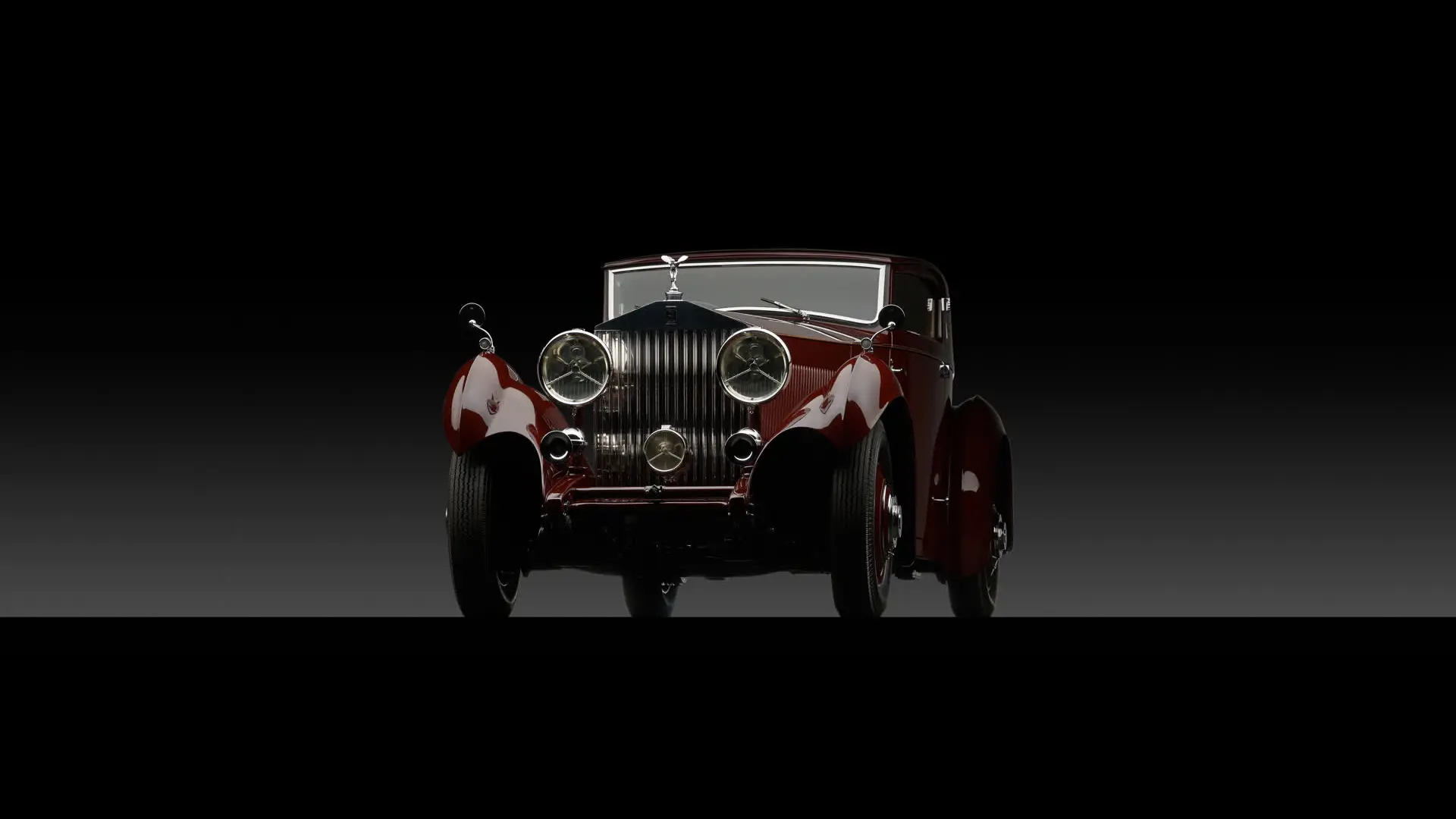
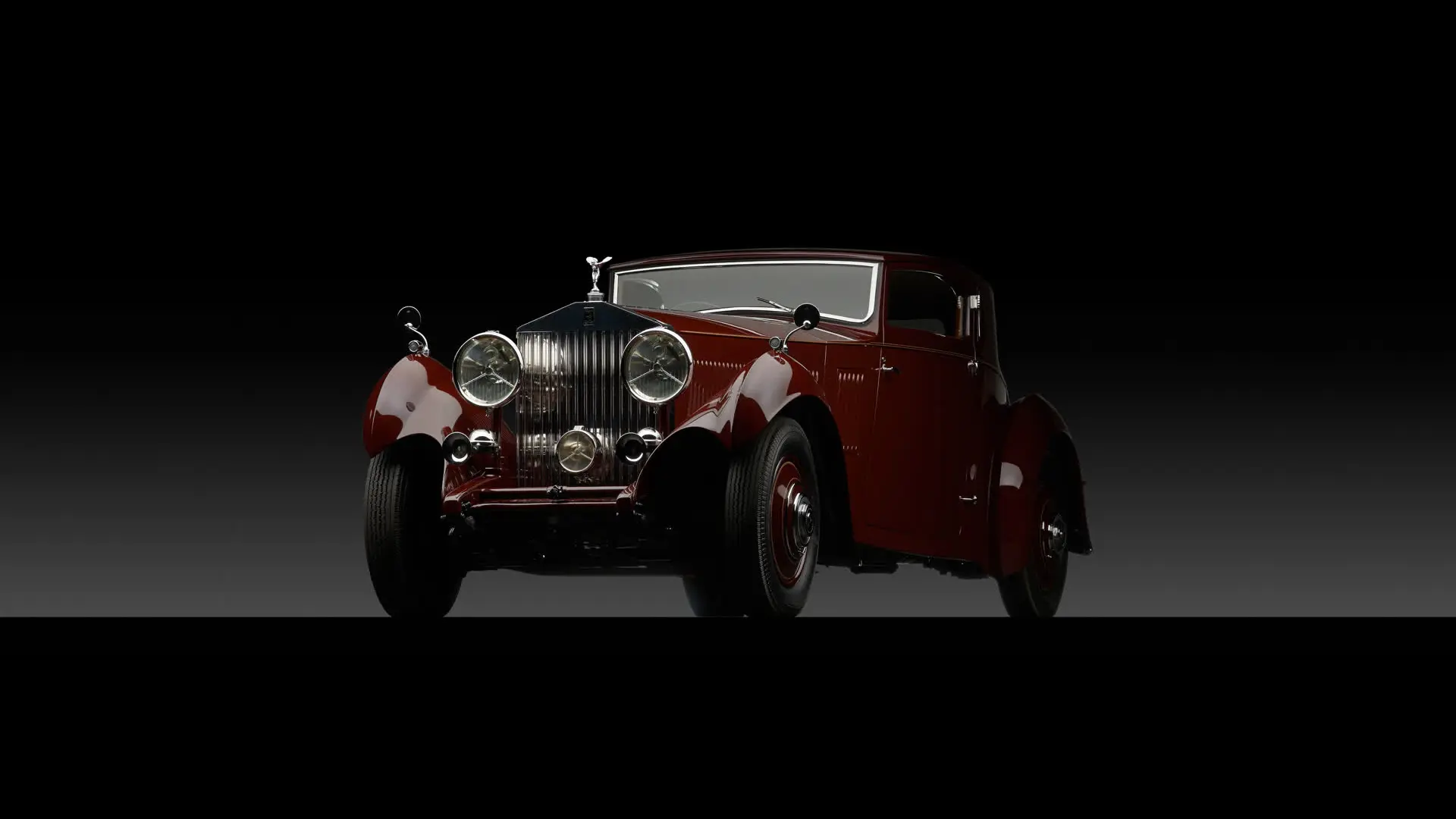
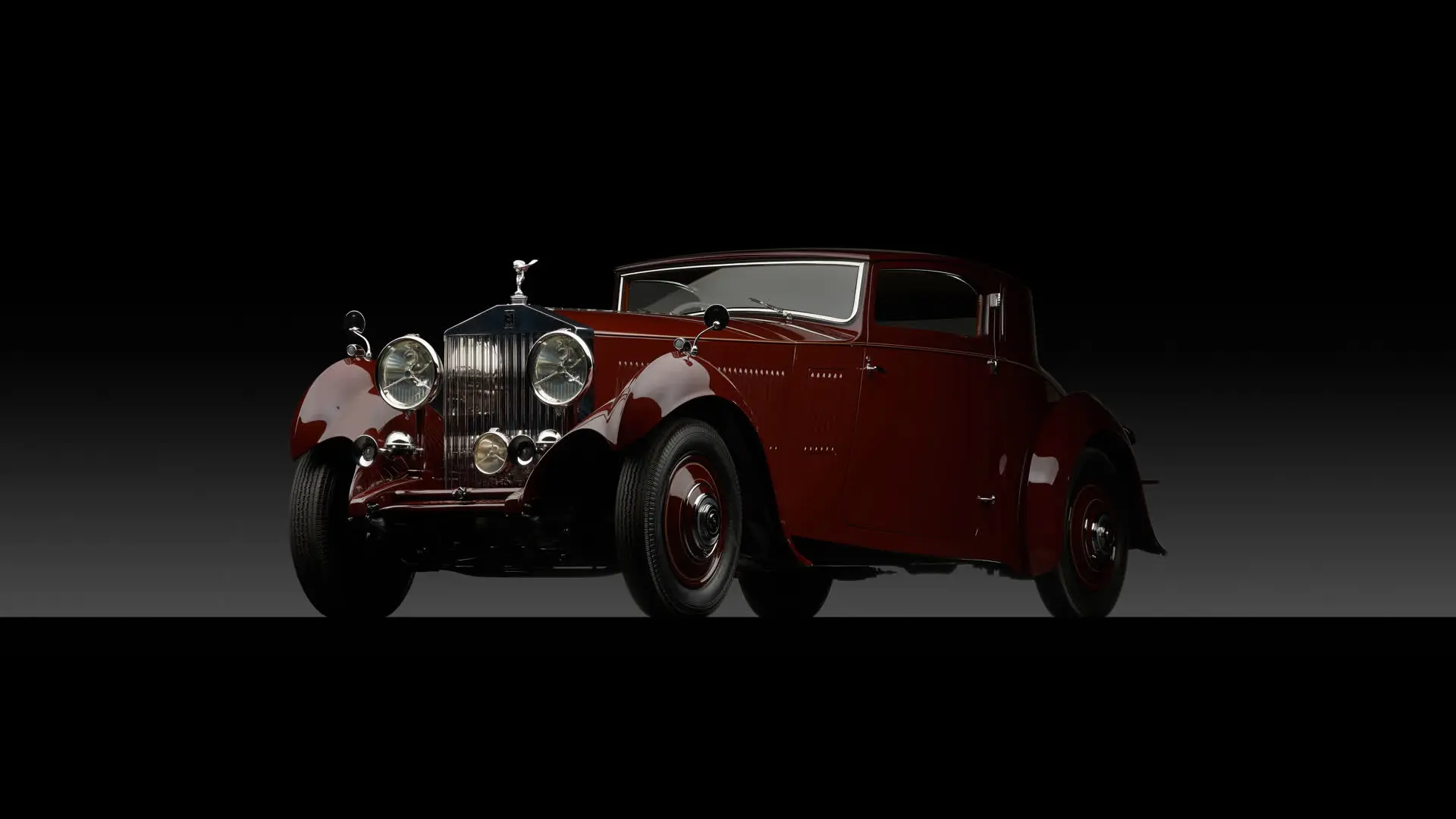
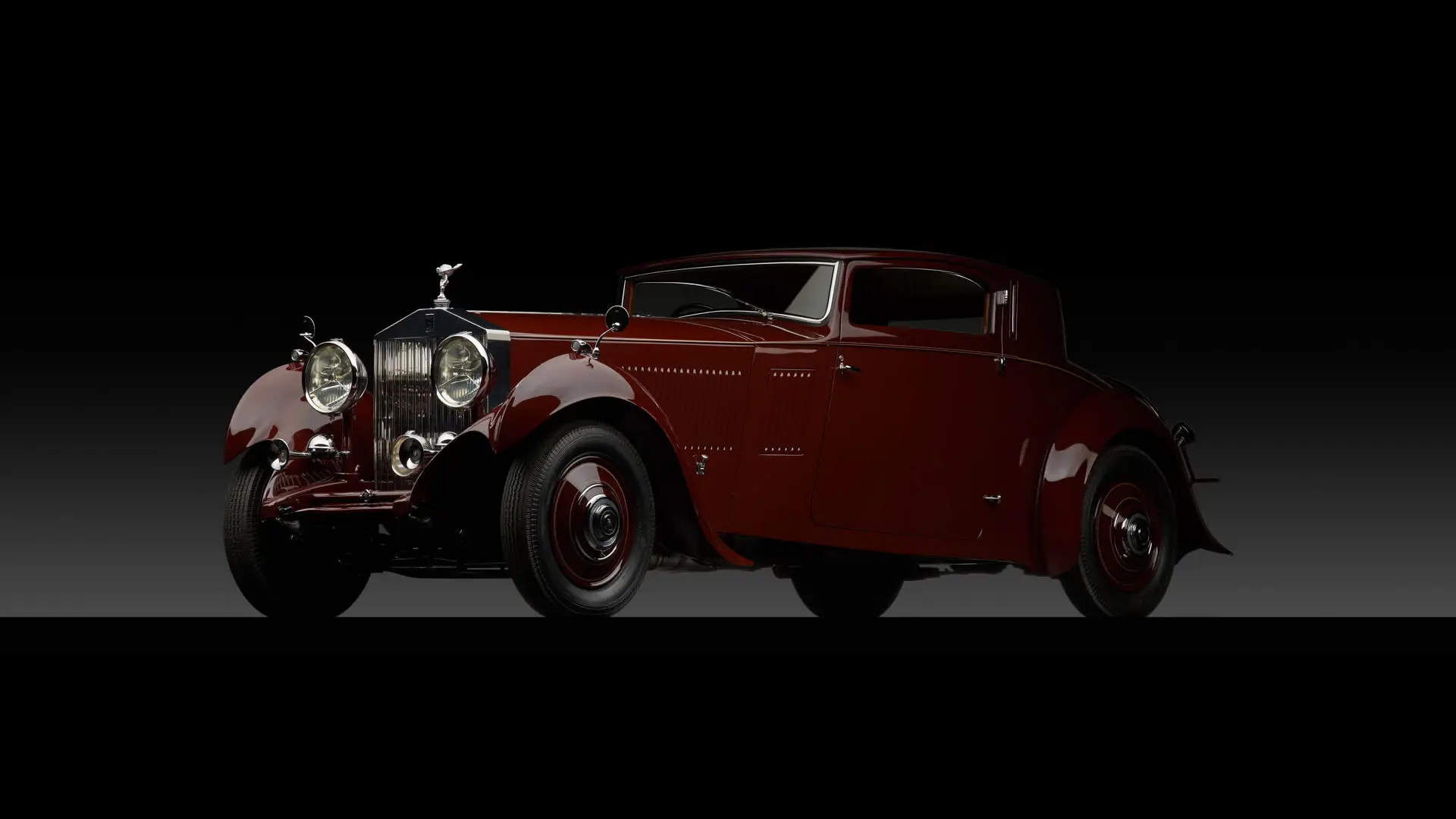
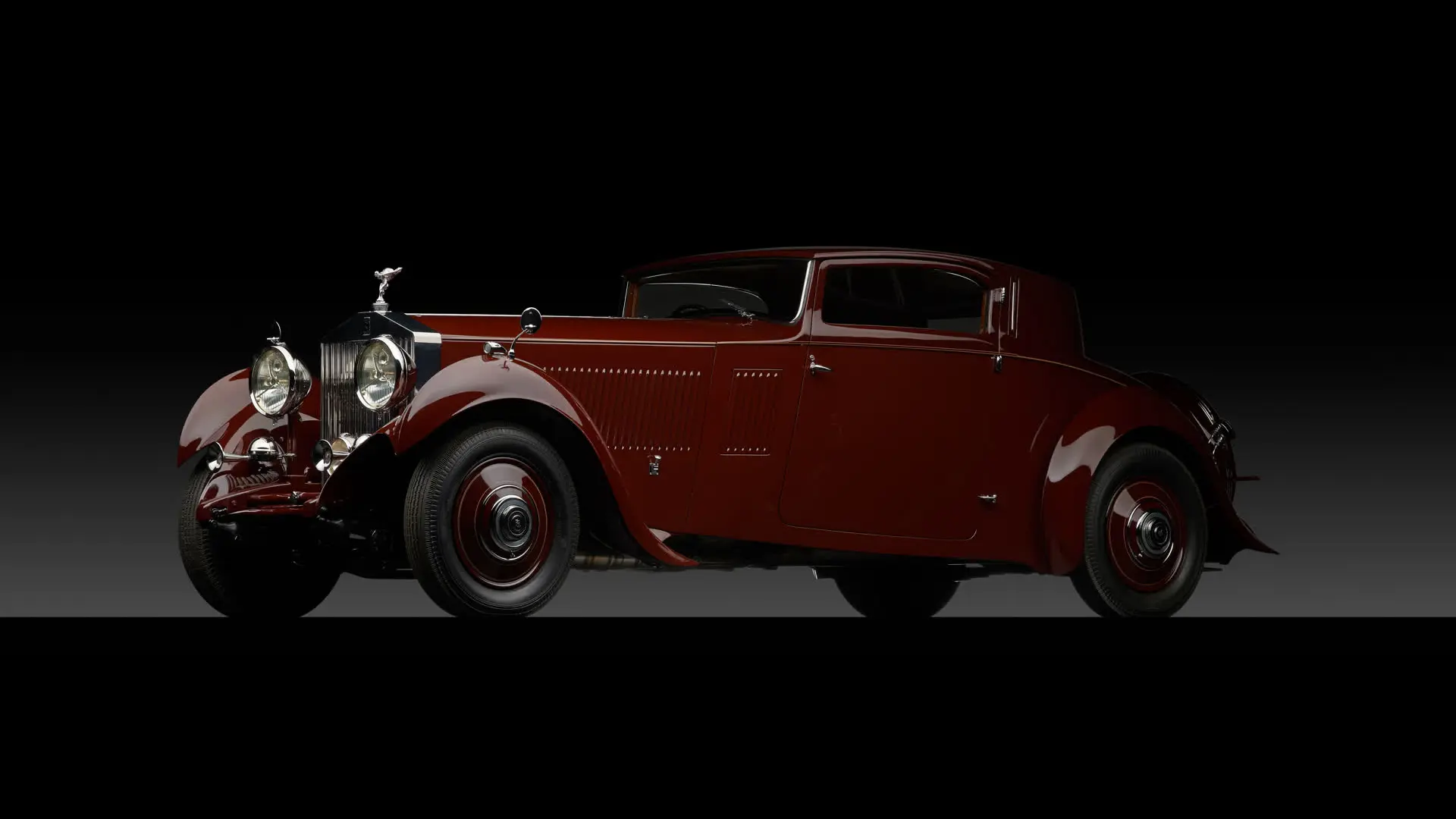
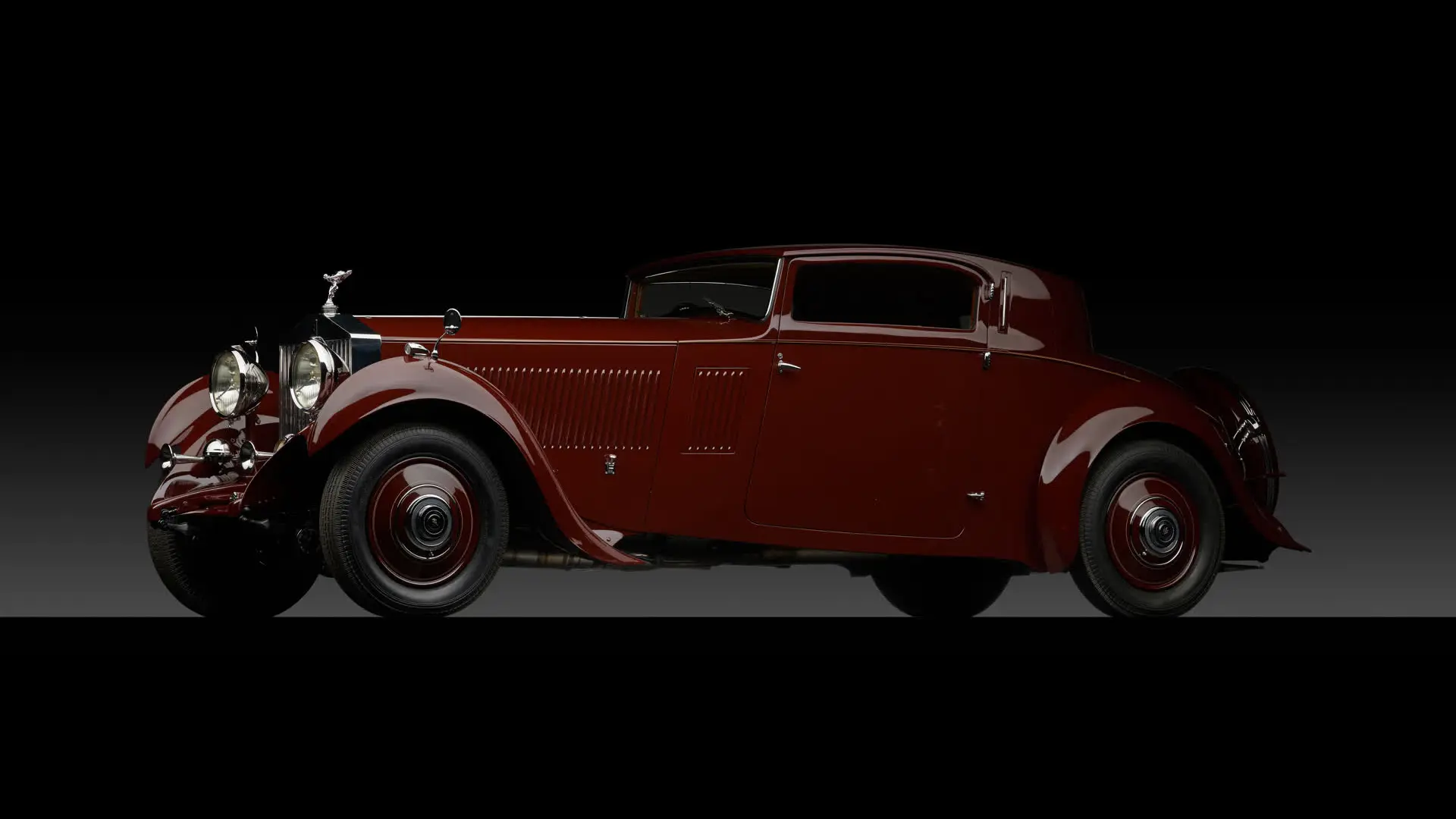

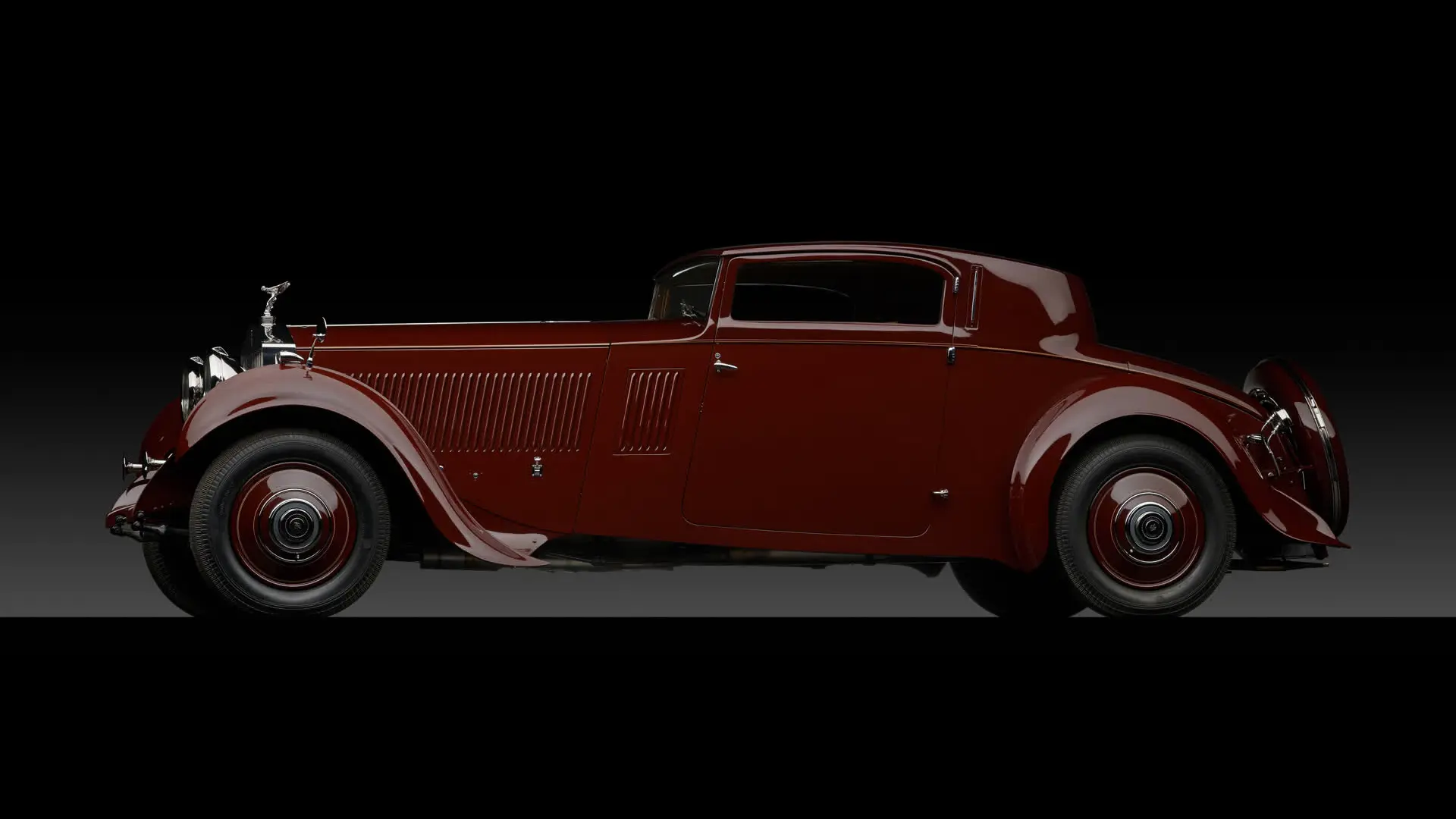
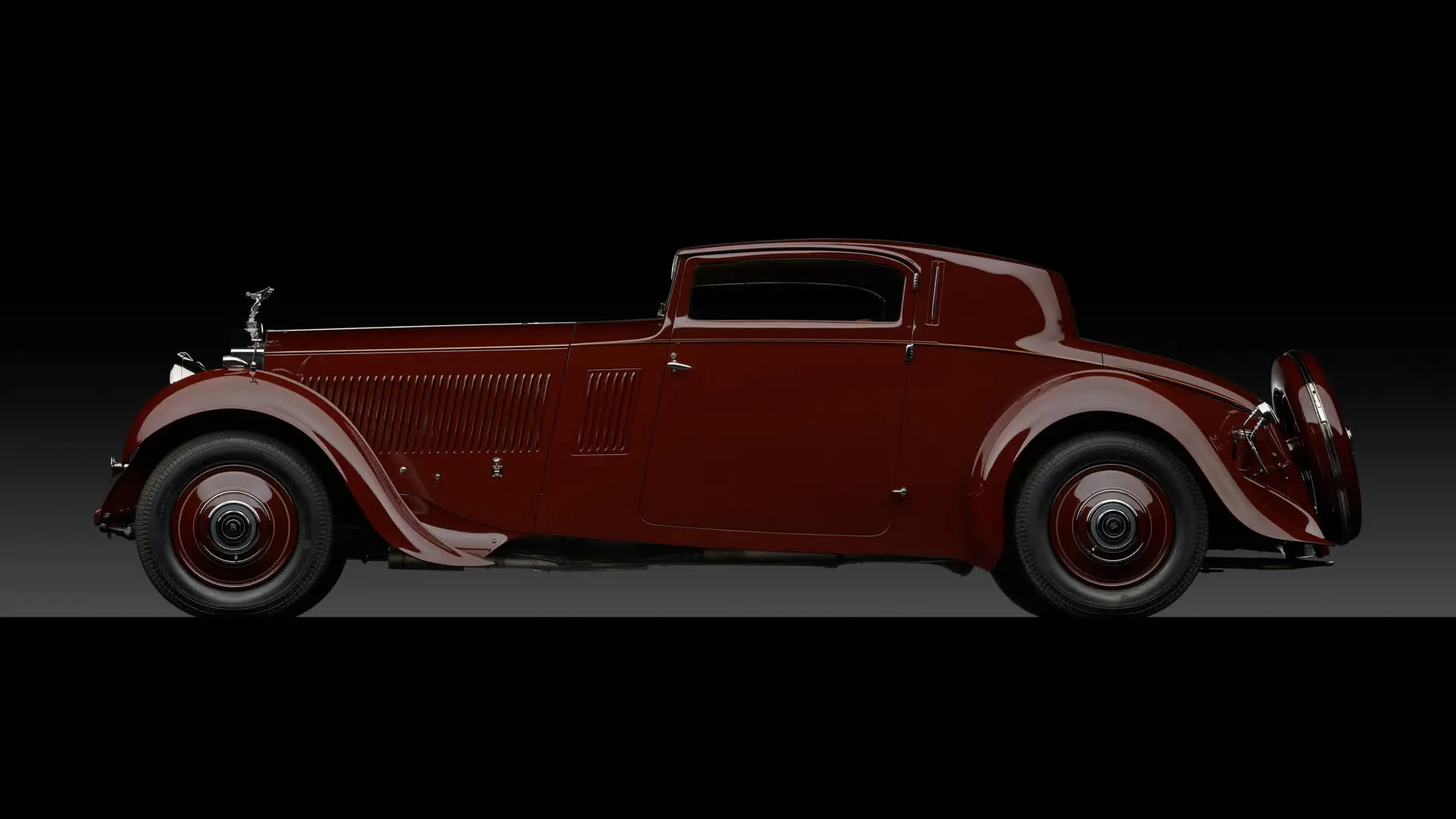
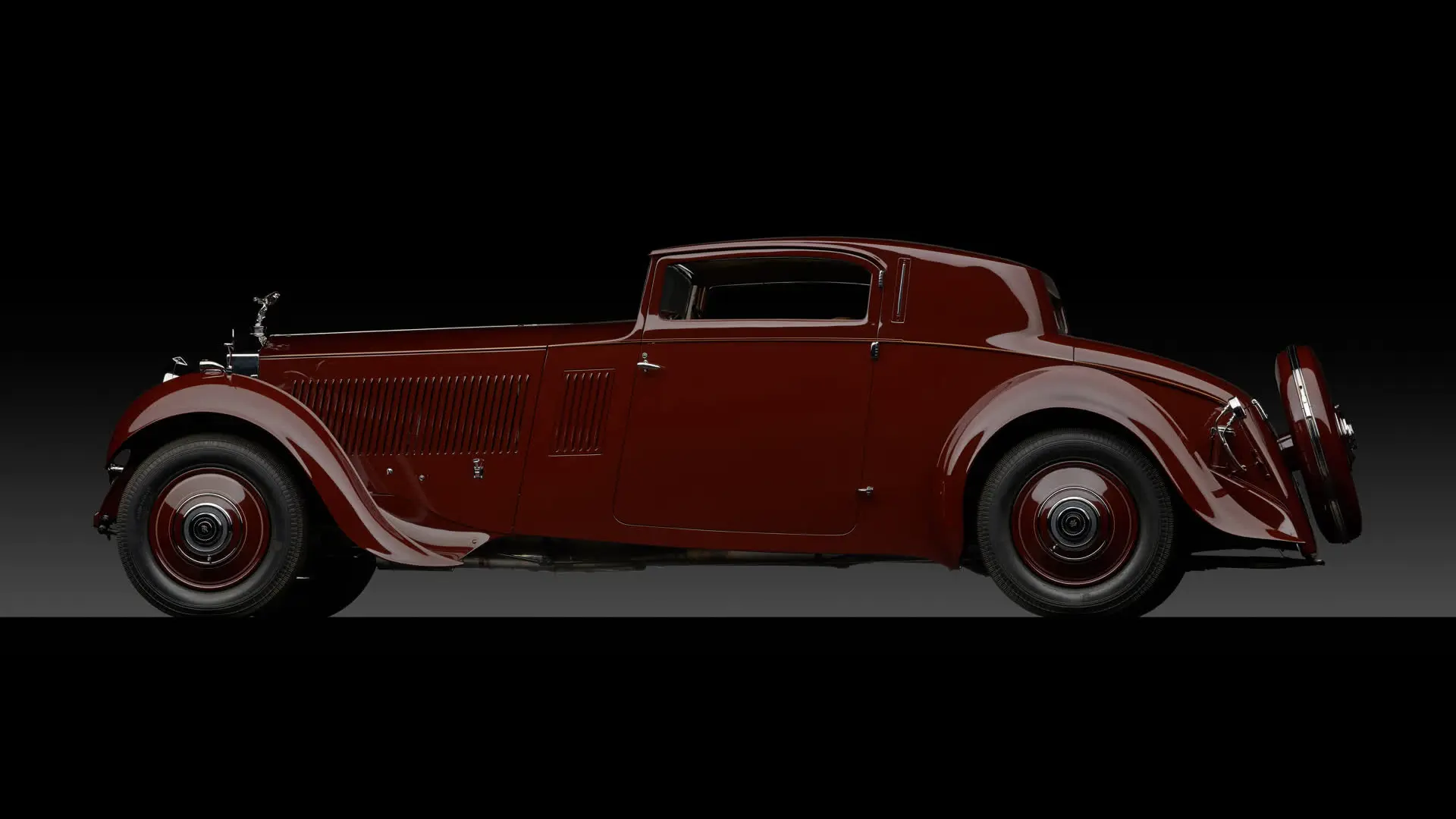

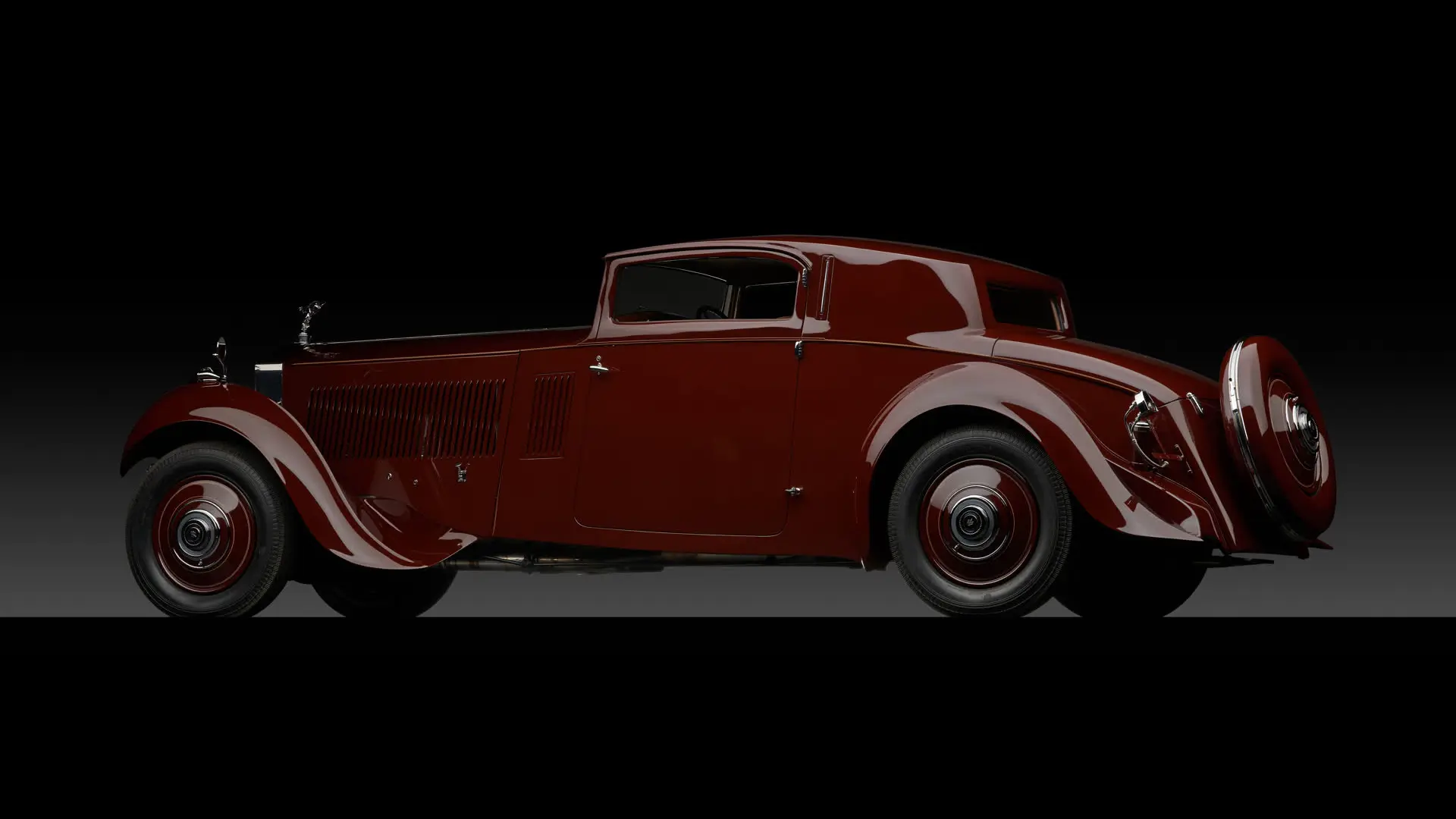
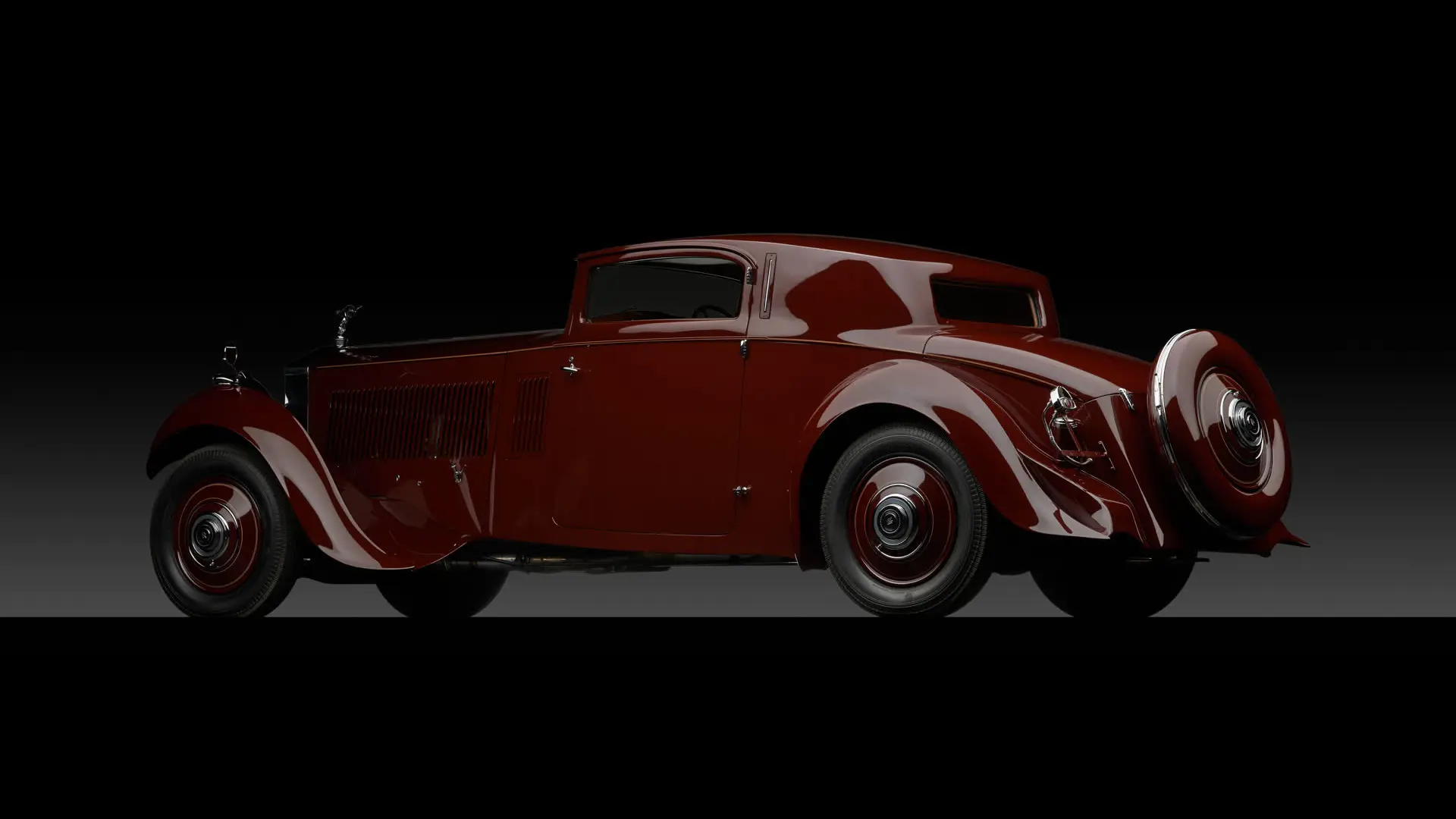
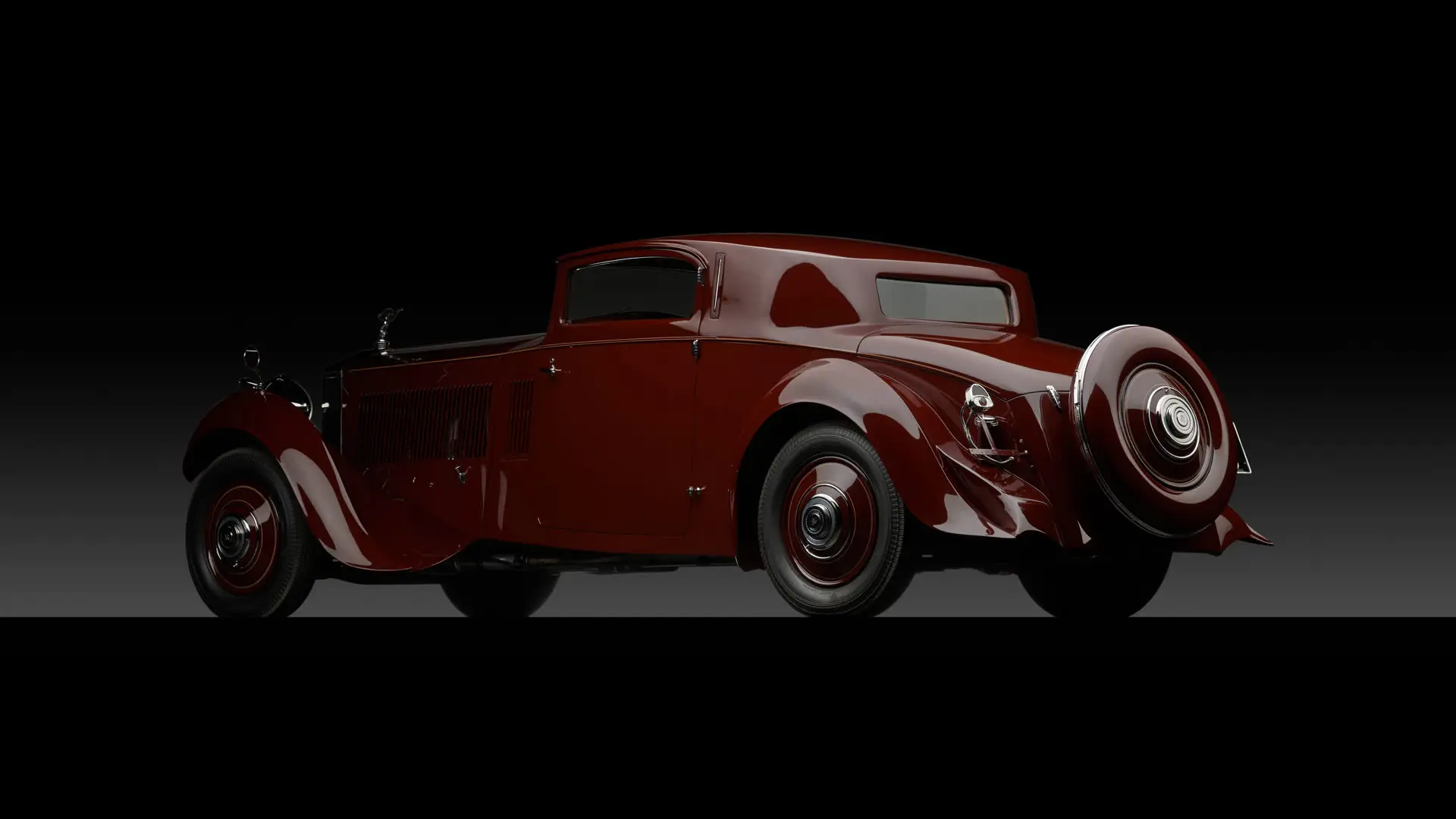
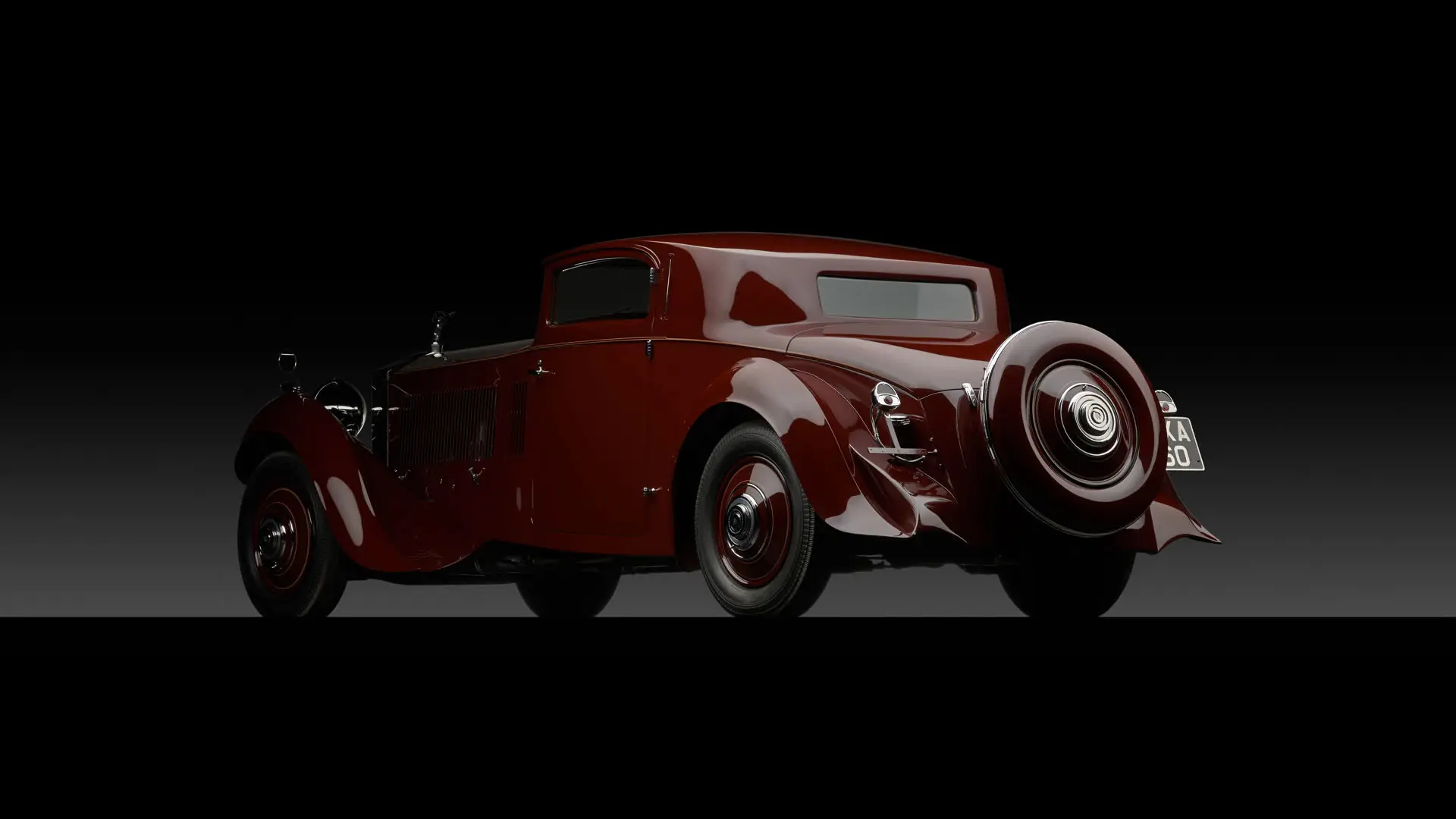
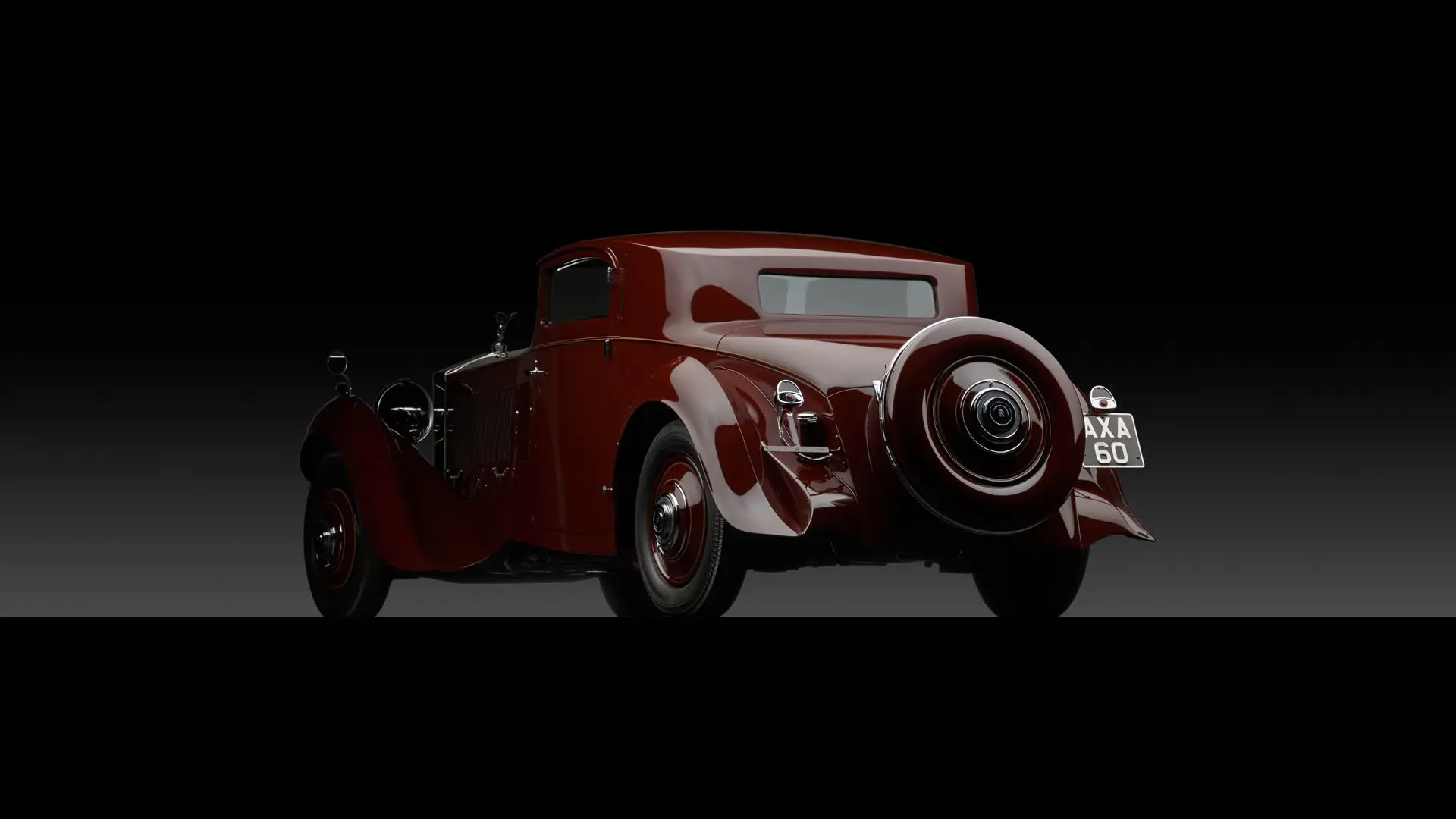
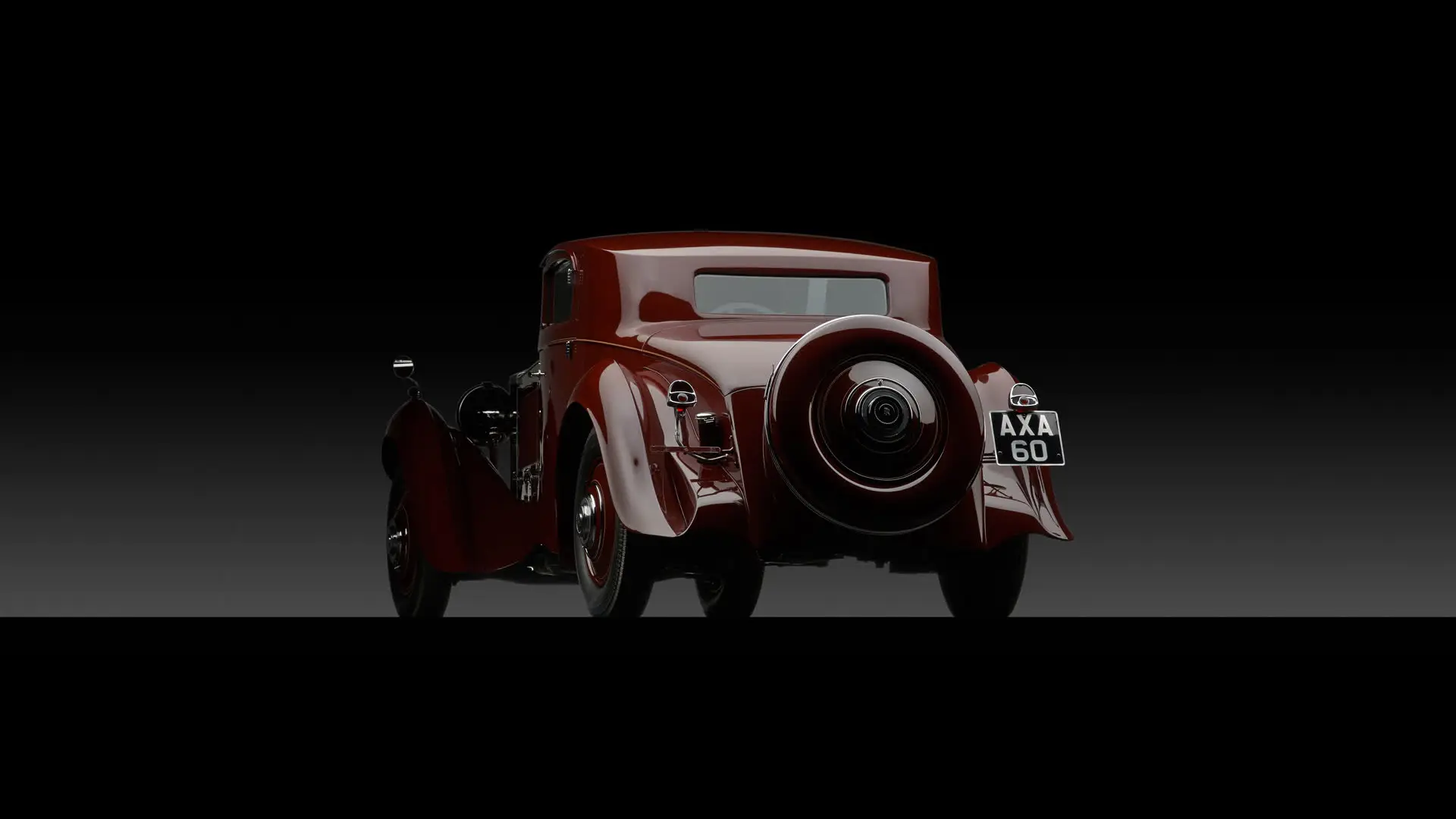
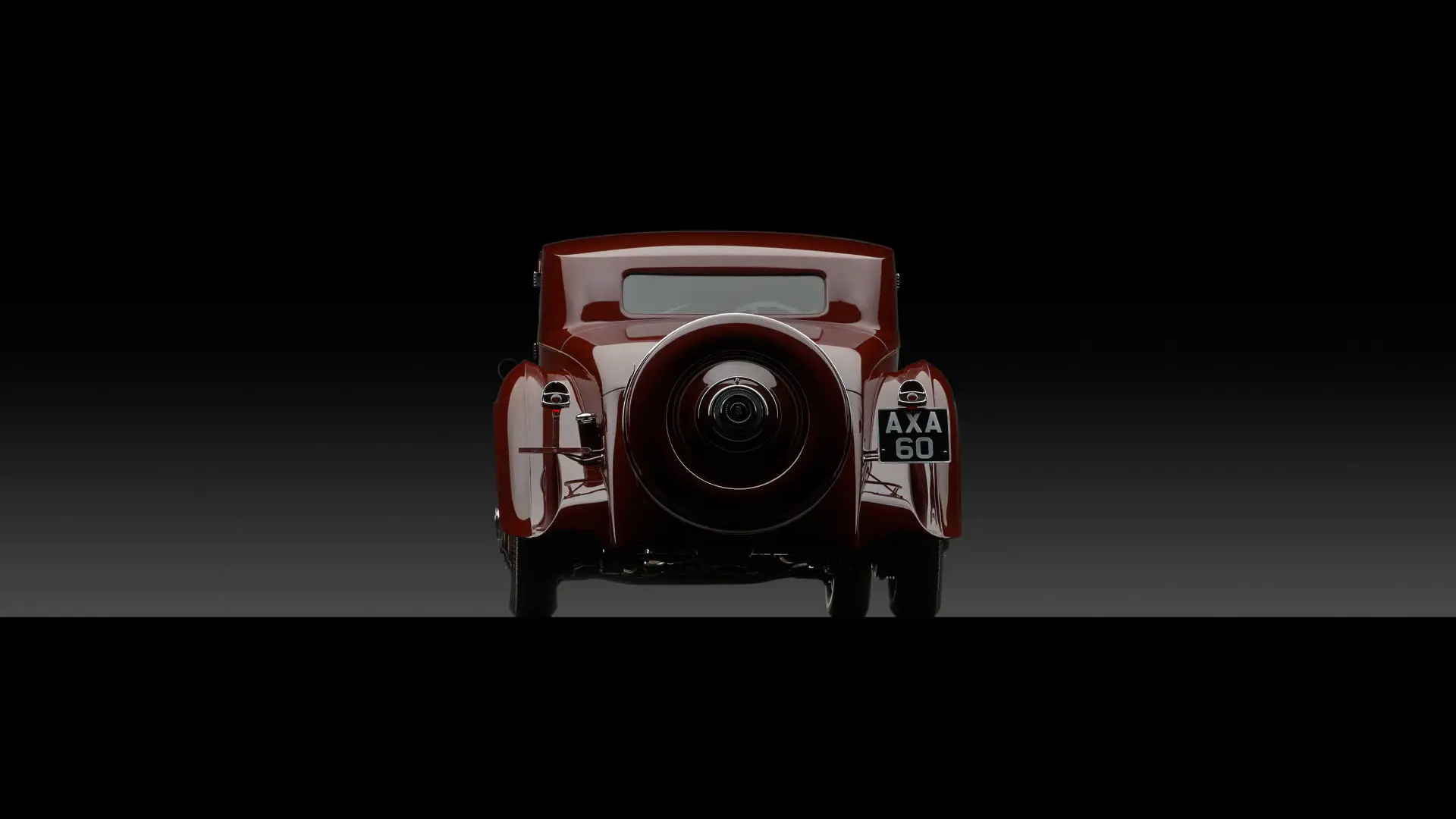
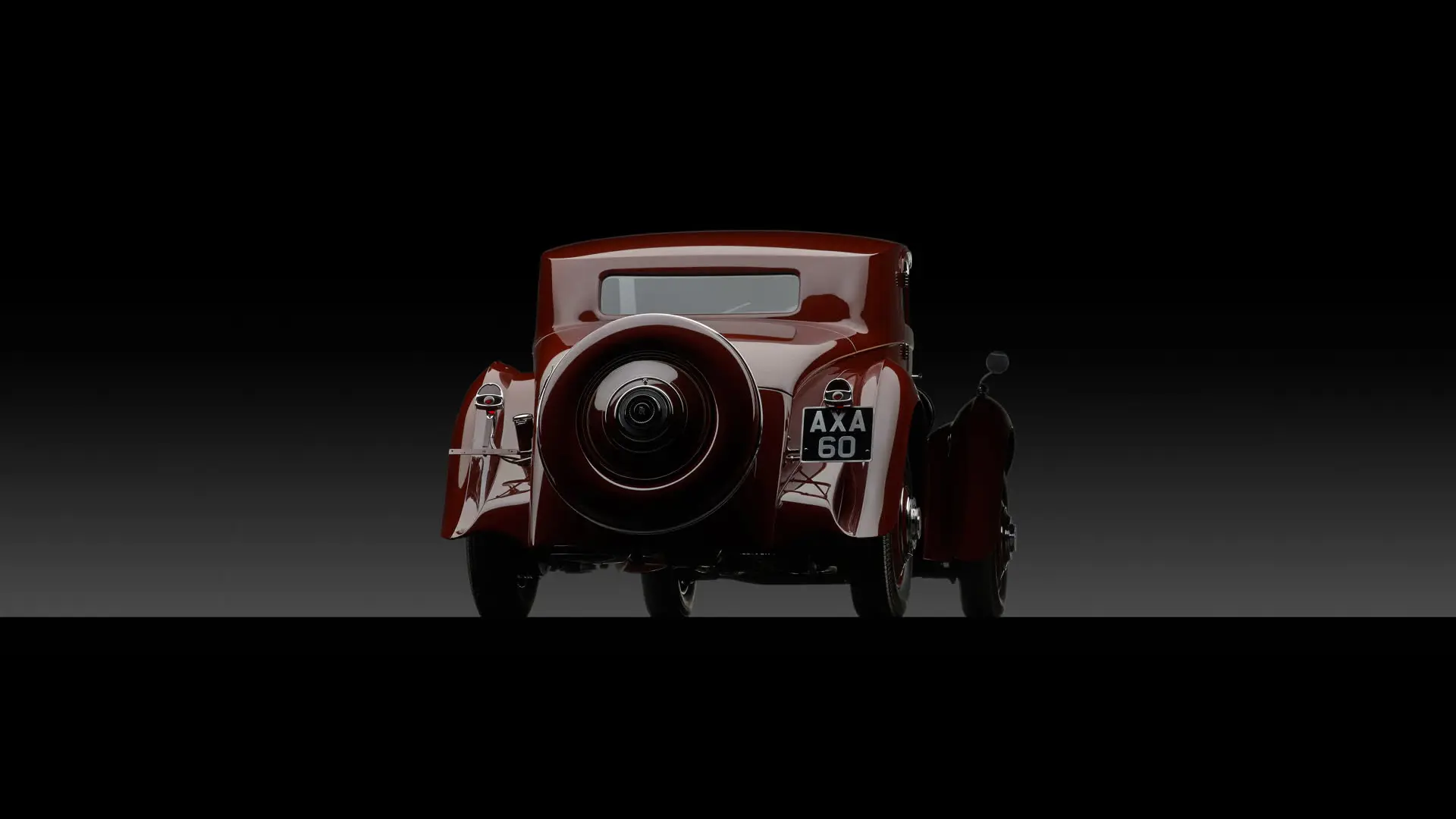
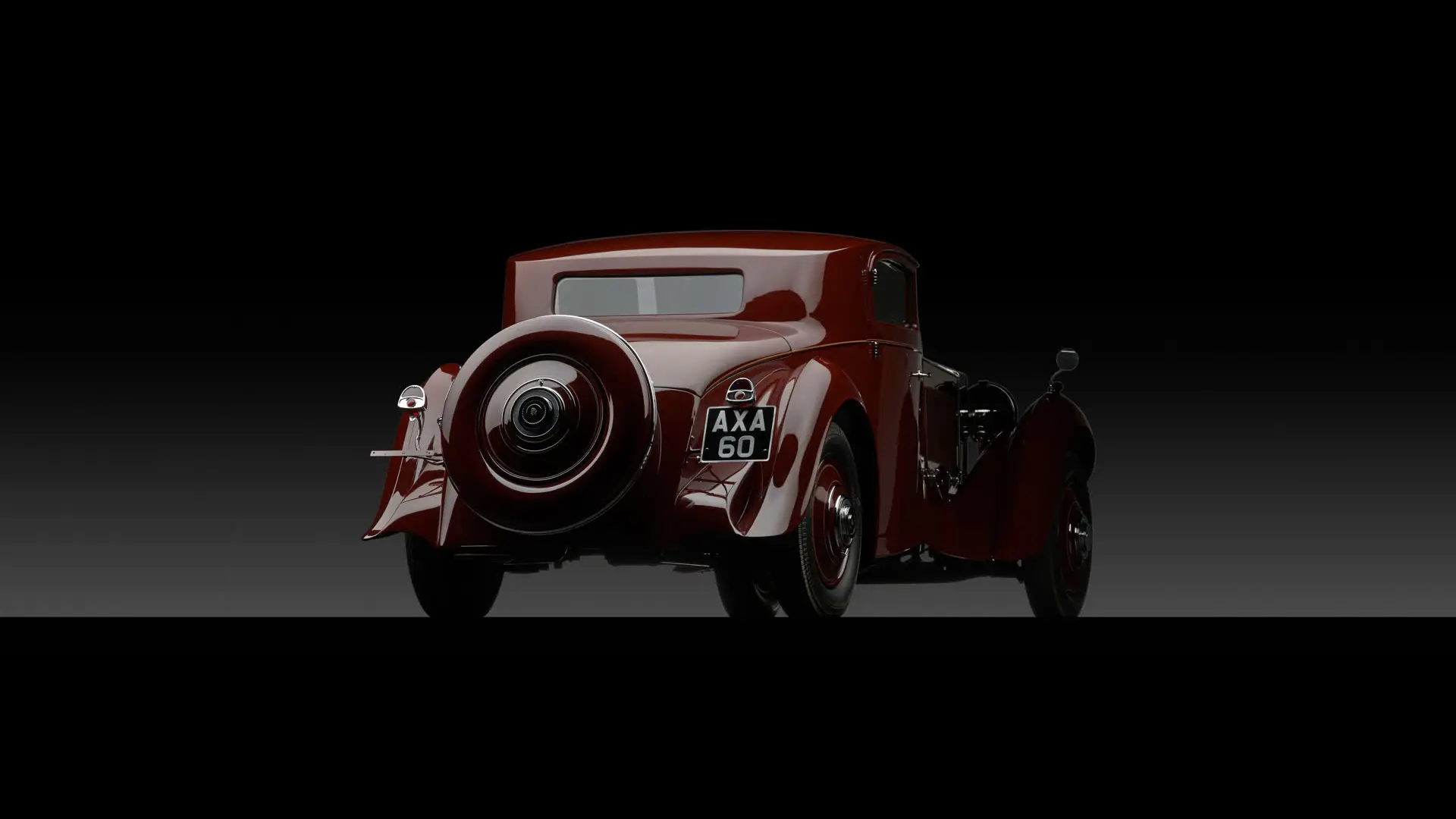
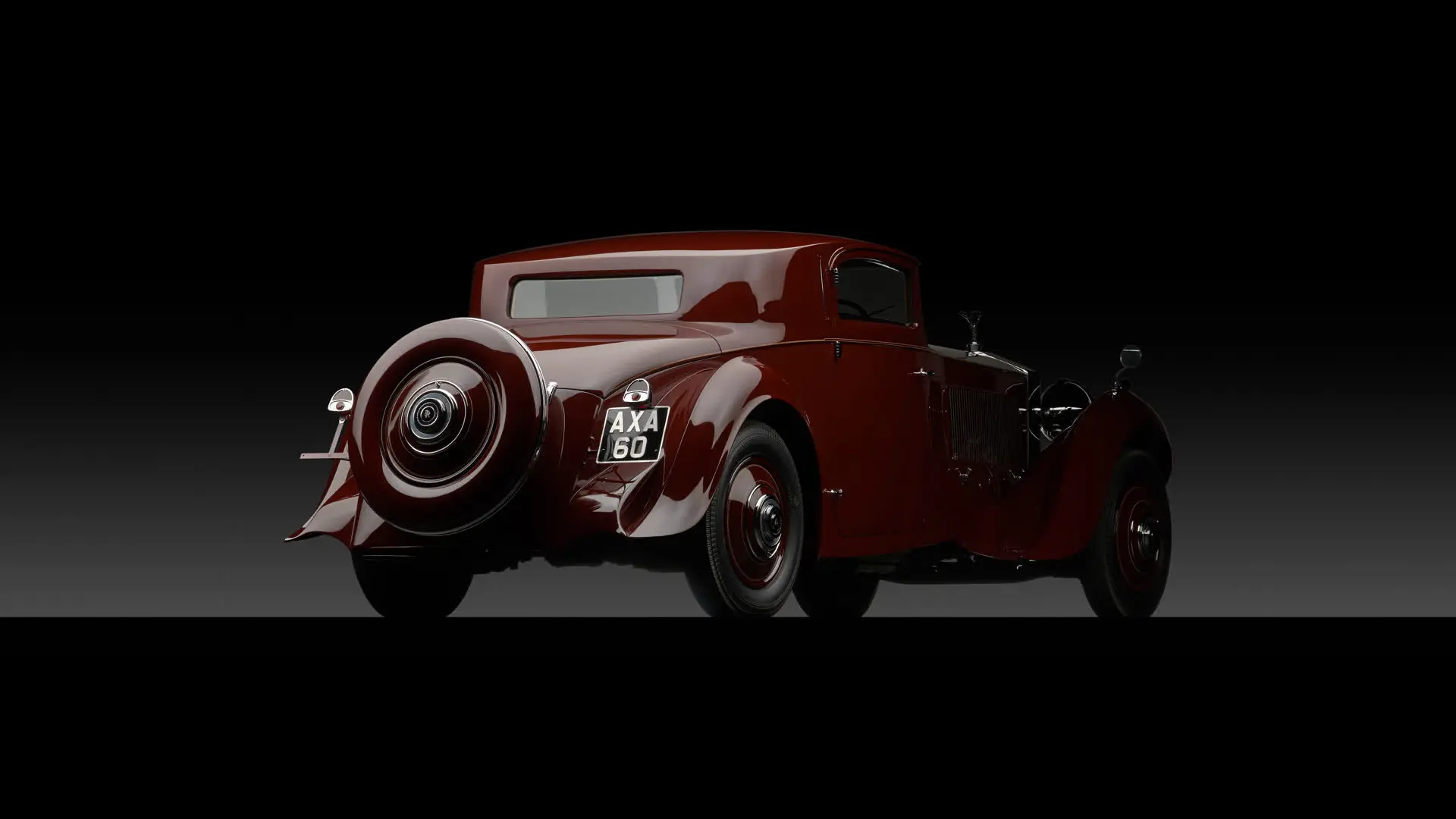
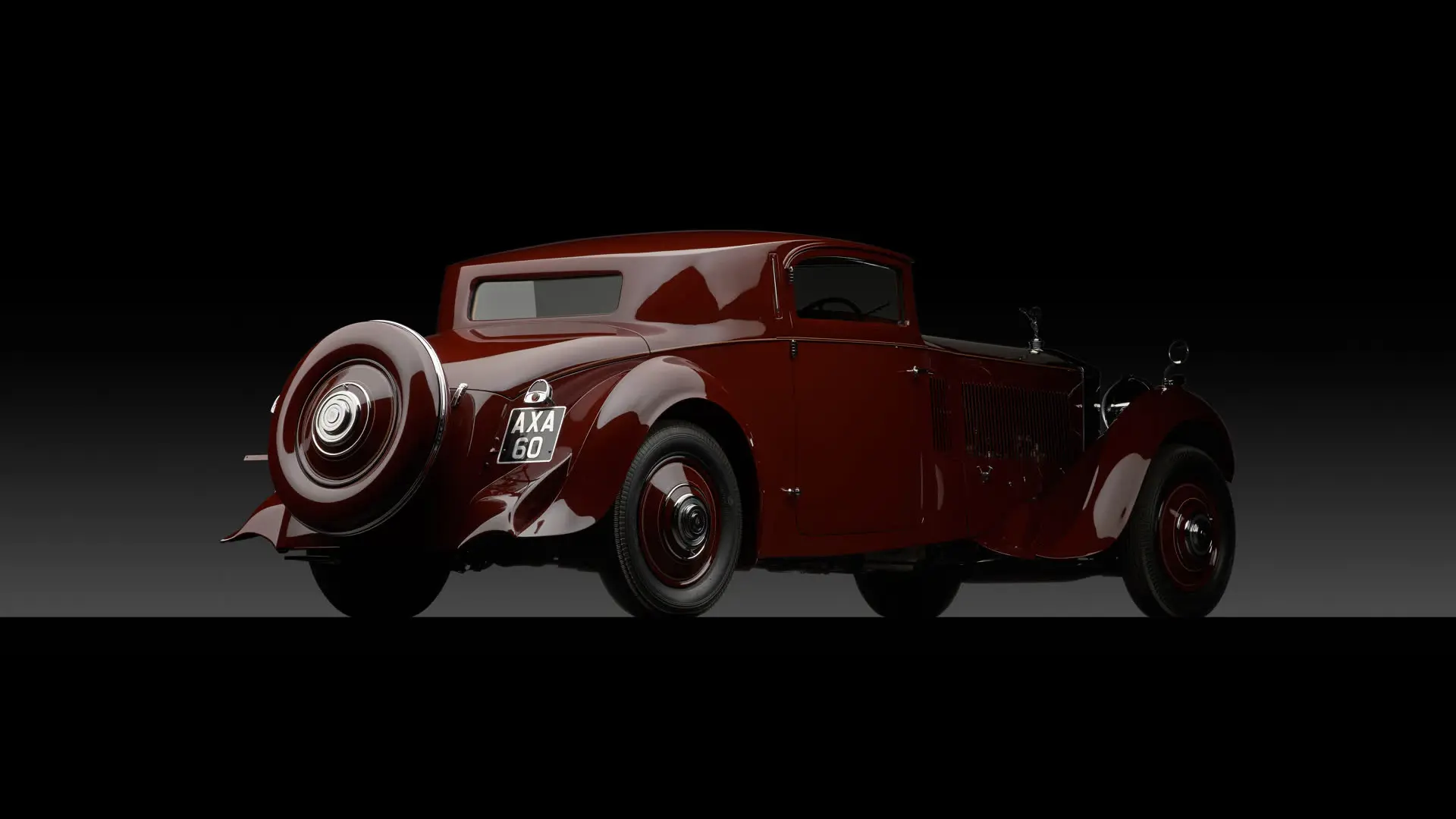
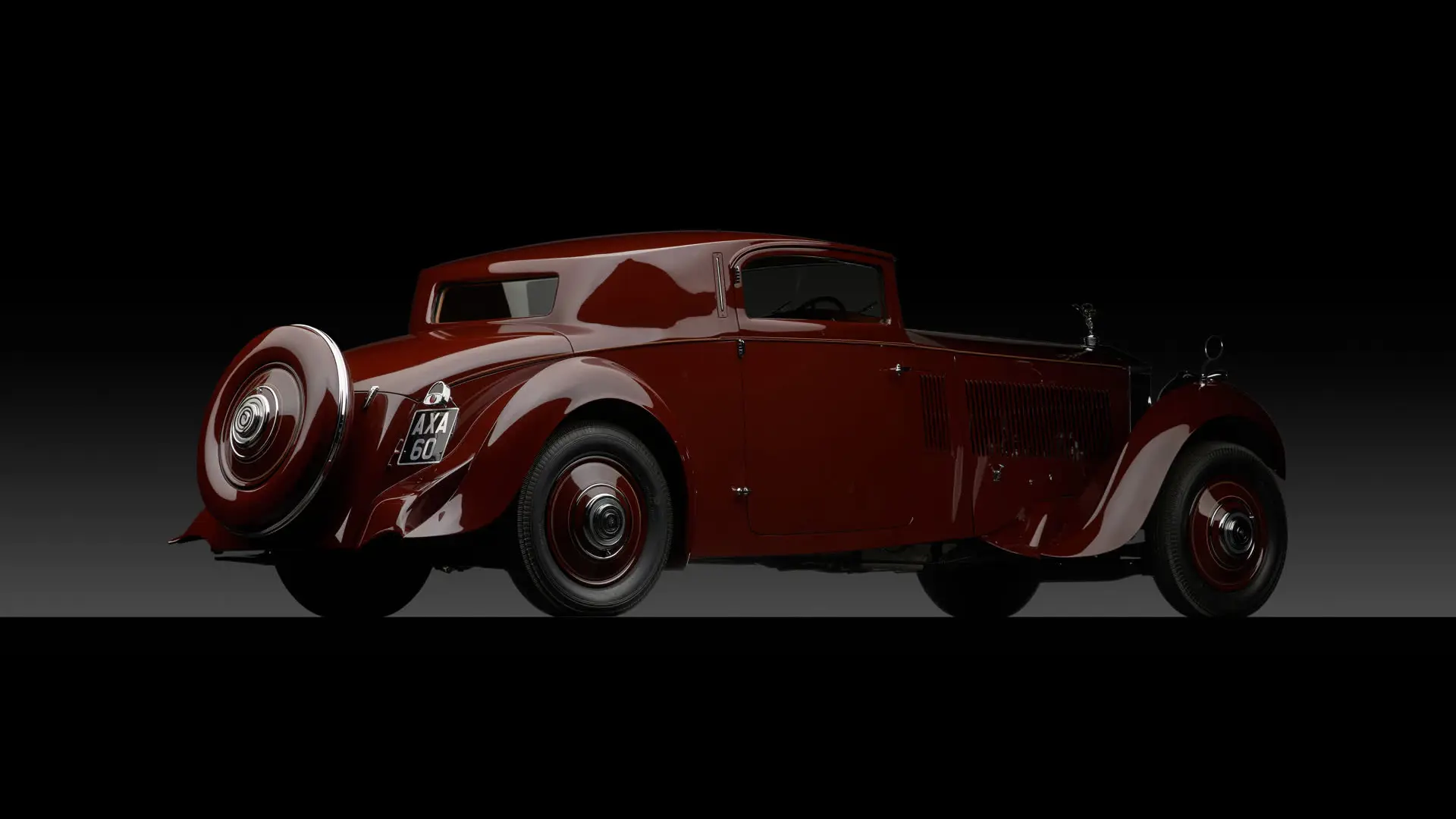
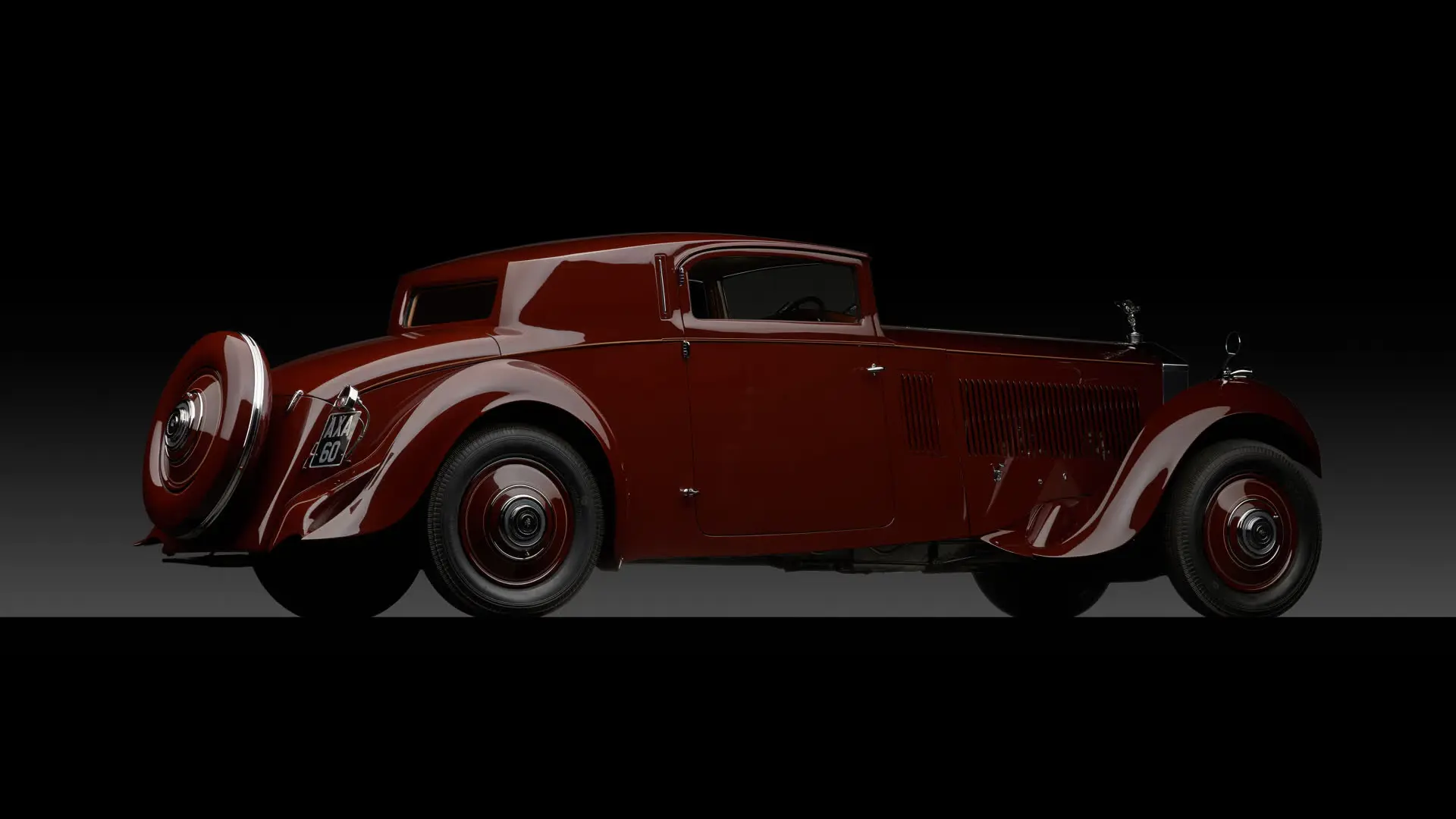
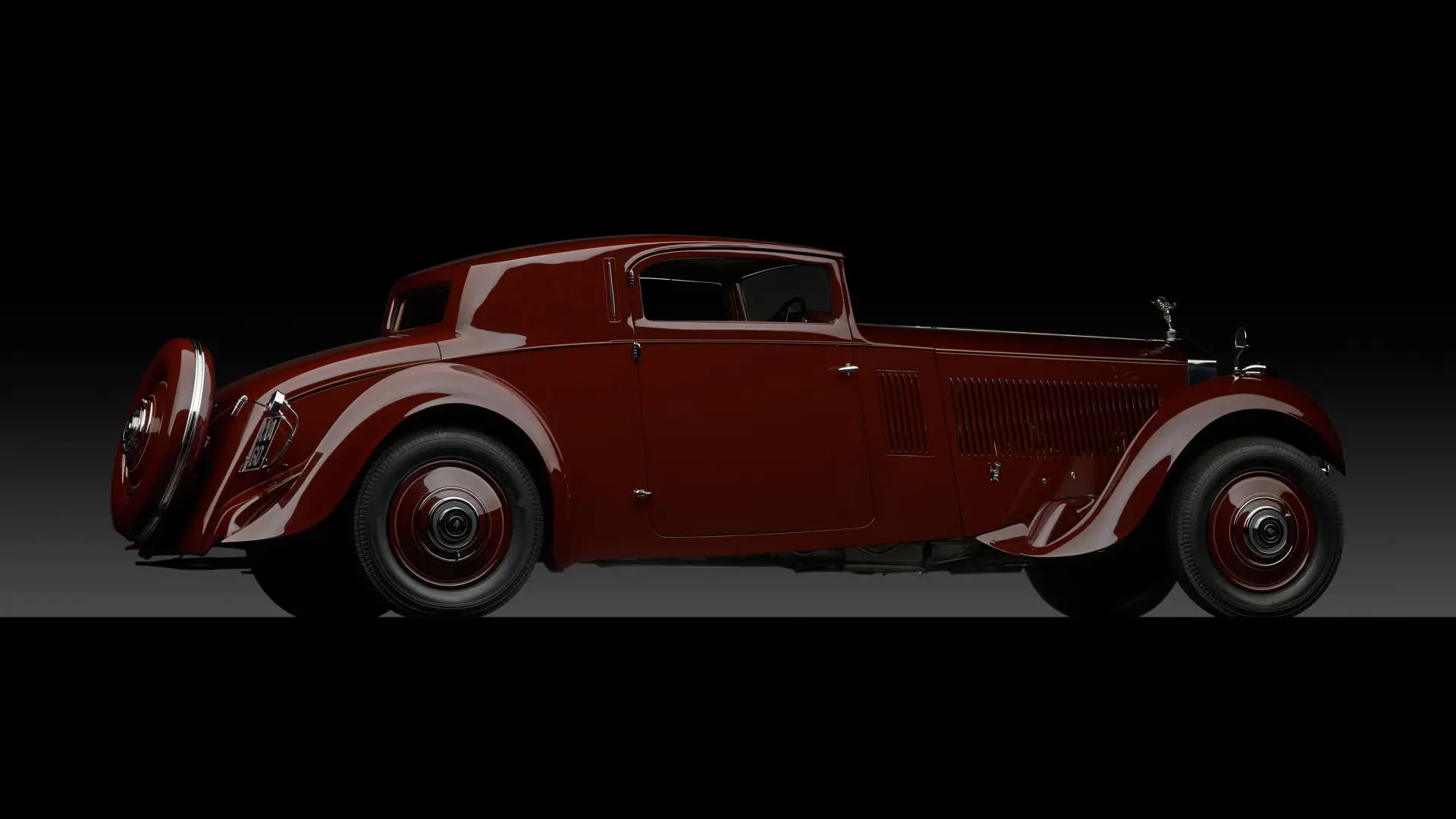


 | New York, New York
| New York, New York
